|
*This post contains affiliate links. I receive small commissions for purchases made through these links at no extra cost to you. These commissions help me keep this site up and running, in order for me to keep providing helpful and inspiring art content. :)
What's the difference between drawing on white paper vs. drawing on toned paper? Will drawing on toned paper help you improve your art skills faster? What advantages does this type of drawing/sketching substrate have? As I've explained in past blog posts and YouTube videos, I 100% believe that drawing is the basis for all kinds of art. Through drawing, we're not only able to increase our knowledge and skills with essential art fundamentals such as perspective, 3D form and value, but we're also able to develop basic skills such as our observation and our hand-eye coordination. To read more about how drawing will improve your painting skills, check out this blog post. As a painter, I make time for my sketching practice routinely, as I know this will positively impact my painting, and it is incredibly fun and enriching to explore new tools and substrates. Today, I'm excited to share another great guest blog post that sheds light on why drawing on toned paper can help us continue developing our art skills. Emily Clare is the artist and author behind the Fine Art Tutorials website, which is a great educational resource for art enthusiasts looking to improve their skills with drawing and painting. Over at her website, you can find step-by-step guides, beginner-friendly tutorials, and interviews with professional artists. Clare is primarily a painter working with oils, but just like me, she loves working with a range of drawing and painting mediums. Her interest in art began at a young age, when she started drawing portraits. Today, her subjects of choice are landscapes and seascapes. Let's jump into her article! 8 Advantages of Drawing on Toned Paper
by Emily Clare
When it comes to choosing the right paper for drawing, there are a lot of options to consider. The color of the paper you choose can greatly impact the finished look of the drawing. Toned paper is a great substrate for artists to work on and if you've not tried it before, it's worth experimenting with. Toned drawing paper usually comes in cool gray tones and warm brown tones, so pick the one you think will work best for your kind of artwork. In this blog post, we will explore 8 advantages of drawing on toned paper. Keep reading to learn more! 1. You can work much faster
|
I hope this post was helpful and inspiring!
Thanks so much to Emily Clare for so generously sharing all of this useful information with us.
Thank you for reading and I wish you tons of progress and enjoyment in your art journey.
I hope this post was helpful and inspiring!
Thanks so much to Emily Clare for so generously sharing all of this useful information with us.
Thank you for reading and I wish you tons of progress and enjoyment in your art journey.
6 Comments
*This post contains affiliate links. I receive small commissions for purchases made through these links at no extra cost to you. These commissions help me keep this site up and running, in order for me to keep providing helpful and inspiring art content. :)
Struggling with an art block or creative rut? Looking for ideas to get the most out of Inktober this year? Eager to take your art further, whether in terms of skill development or expanding your audience?
Participating in online art challenges can be an amazing way to get back into creating art consistently after a break, as well as to improve your drawing/painting skills in a short period of time.
Not to mention, because so many people will be participating and sharing consistently, it's also a great way to get your art out there and start growing your name as an artist.
I've personally participated in Inktober a few times in the past and have gotten a lot from pushing myself to complete them. You can check out video timelapses I've shared of past sketching processes, things I learned from the challenge and more in past posts.
I also recently shared a video over at my YouTube channel in which I explain the main reasons why participating in daily art challenges like Inktober can be so powerful for artists, as well as my main tips to help you reach the finish line while enjoying every step of the way. You can check it out here.
To add to the Inktober/Fall art challenge goodness and helpful tips, I'd love to share an article today which was kindly contributed by Debbie Woodliffe. Debbie's not only been working in the creative industry for nine years, but has always had a deep love for art and it's been her hobby her entire life.
As a creative, Debbie knows what it's like to struggle with blocks. Inktober and similar challenges have helped her move past them and get back into the flow of consistent art creation.
Below, she'll be sharing her top tips that'll help reignite your creativity and take your art to a new level with Inktober 2021.
Without further ado, let's get into her article!
Struggling with an art block or creative rut? Looking for ideas to get the most out of Inktober this year? Eager to take your art further, whether in terms of skill development or expanding your audience?
Participating in online art challenges can be an amazing way to get back into creating art consistently after a break, as well as to improve your drawing/painting skills in a short period of time.
Not to mention, because so many people will be participating and sharing consistently, it's also a great way to get your art out there and start growing your name as an artist.
I've personally participated in Inktober a few times in the past and have gotten a lot from pushing myself to complete them. You can check out video timelapses I've shared of past sketching processes, things I learned from the challenge and more in past posts.
I also recently shared a video over at my YouTube channel in which I explain the main reasons why participating in daily art challenges like Inktober can be so powerful for artists, as well as my main tips to help you reach the finish line while enjoying every step of the way. You can check it out here.
To add to the Inktober/Fall art challenge goodness and helpful tips, I'd love to share an article today which was kindly contributed by Debbie Woodliffe. Debbie's not only been working in the creative industry for nine years, but has always had a deep love for art and it's been her hobby her entire life.
As a creative, Debbie knows what it's like to struggle with blocks. Inktober and similar challenges have helped her move past them and get back into the flow of consistent art creation.
Below, she'll be sharing her top tips that'll help reignite your creativity and take your art to a new level with Inktober 2021.
Without further ado, let's get into her article!
Reignite your Creativity and Take Your Art Farther with Inktober 2021
by Debbie Woodliffe
As days get shorter and the weather gets cooler, it can become difficult to find inspiration and it can be easy for our creativity levels to drop.
Luckily, there are lots of drawing and art challenges during the Fall season that we can take part in, which can help reignite our passion for art and get our creative juices flowing again.
One of these challenges is Inktober, which is an incredibly popular daily drawing challenge that lots of people participate in every year.
Whether you prefer traditional art mediums or are a digital artist, keep reading for my top tips to get the most out of Inktober, and advice to keep you inspired and creative this season.
What's Inktober?
Inktober is a worldwide event where tens of thousands of creatives, artists and art enthusiasts share their unique take on specific drawing prompts. It was made popular by ink artist Jake Parker, who created the challenge because he wanted to hone his ink drawing skills and exchange artistic inspiration with others.
These types of challenges are common within the artistic community as they not only have the power to help people overcome art blocks, but also remain consistent with their practice and make tons of progress in a short period of time.
Also, because thousands of people participate in the same challenge, it’s super easy to get motivated because everyone’s constantly sharing their unique takes on the prompts.
All you have to do to get your daily inspiration is follow the #Inktober hashtag on social media during October, and use this same hashtag to share your own artwork with the community!
It’s that simple.
Are there any rules for Inktober?
While there’s nothing to stop you from creating your own art and using the aforementioned hashtag, there are a few things you should do to ensure you get the most from the challenge:
1. Create a drawing using any type of ink (you can sketch it out in pencil first)
2. Post the picture to social media and use the hashtags: #inktober and #inktober2021
3. You can post daily, every other day, or each week – it’s totally up to you.
Just remember, you’ll get the most out of the challenge if you remain consistent and complete all the prompts. For tips on making it through the challenge, check out Erika's recent video on Inktober tips.
*Top Tip:
You don’t need to share your work online if you don’t want to. However, it can be a real learning experience when others provide you with constructive criticism or praise, as well as when you do it for others.
What's the prompt list for Inktober 2021?
Since 2016, the Inktober team has been releasing the official prompt list via their website for everyone to see. They also share it on their social media profiles.
As days get shorter and the weather gets cooler, it can become difficult to find inspiration and it can be easy for our creativity levels to drop.
Luckily, there are lots of drawing and art challenges during the Fall season that we can take part in, which can help reignite our passion for art and get our creative juices flowing again.
One of these challenges is Inktober, which is an incredibly popular daily drawing challenge that lots of people participate in every year.
Whether you prefer traditional art mediums or are a digital artist, keep reading for my top tips to get the most out of Inktober, and advice to keep you inspired and creative this season.
What's Inktober?
Inktober is a worldwide event where tens of thousands of creatives, artists and art enthusiasts share their unique take on specific drawing prompts. It was made popular by ink artist Jake Parker, who created the challenge because he wanted to hone his ink drawing skills and exchange artistic inspiration with others.
These types of challenges are common within the artistic community as they not only have the power to help people overcome art blocks, but also remain consistent with their practice and make tons of progress in a short period of time.
Also, because thousands of people participate in the same challenge, it’s super easy to get motivated because everyone’s constantly sharing their unique takes on the prompts.
All you have to do to get your daily inspiration is follow the #Inktober hashtag on social media during October, and use this same hashtag to share your own artwork with the community!
It’s that simple.
Are there any rules for Inktober?
While there’s nothing to stop you from creating your own art and using the aforementioned hashtag, there are a few things you should do to ensure you get the most from the challenge:
1. Create a drawing using any type of ink (you can sketch it out in pencil first)
2. Post the picture to social media and use the hashtags: #inktober and #inktober2021
3. You can post daily, every other day, or each week – it’s totally up to you.
Just remember, you’ll get the most out of the challenge if you remain consistent and complete all the prompts. For tips on making it through the challenge, check out Erika's recent video on Inktober tips.
*Top Tip:
You don’t need to share your work online if you don’t want to. However, it can be a real learning experience when others provide you with constructive criticism or praise, as well as when you do it for others.
What's the prompt list for Inktober 2021?
Since 2016, the Inktober team has been releasing the official prompt list via their website for everyone to see. They also share it on their social media profiles.
5 Tips to Get the Most Out of Inktober 2021
This art challenge is a fun one as it encourages you to try a specific medium you may not be very familiar with, or to hone your skills with ink if it's a medium that you've always been drawn to, but perhaps haven't been very consistent with.
Ink can certainly be tricky to work with, given its fluidity and permanence. However, it’s an incredibly versatile medium, and with a little practice, it can be used to create impactful and very unique artwork.
1. Push your boundaries
The key to boosting your creativity is to expand your boundaries and take steps into new artistic realms. This is why the challenge works so well – it provides specific (yet general) criteria points that are open to interpretation and it has an easy-to-follow structure.
Because the prompts are pre-selected, you might be forced out of your comfort zone, which will always lead to growth.
When it comes to working with ink, it might be worthwhile to learn about alternative shading and mark-making techniques like hatching and crosshatching, or to look for inspiration in Pop Art or silkscreening artwork for ideas on how to use flat/solid shapes instead of trying to go for the usual gradient shading.
Remember that your comfort zone is just that – comfy and what you're used to. You won’t be learning new things if you aren’t trying them, so Inktober is the perfect excuse to get started with something new.
2. Share your art like a pro and start making money
Why not sell your works of art online on marketplaces like Redbubble, Society6 or Etsy?
To showcase your artwork effectively, take high quality, clear photos. Experiment with stylized, personalized backgrounds or white backgrounds - figure out what makes your artwork shine at its best, and start noticing what your audience responds to most.
Here’s a top tip when taking photos of art – natural light is best, so take photos next to a window at the right time of the day or try doing it outside during the day. Morning or later in the evening when the sun is not high up in the sky often is best. Overcast days can also be great, as the light is not very stark.
Alternatively, place your work against a blank white laptop screen for a professional back-lighting effect!
3. Make it personal
Remember that the key to selling your art is creating an outstanding experience for your customer and personalizing your products.
When people purchase work from an artist, they buy into an experience. Think of different ways you can make the buying process a positive one, and of how you can set apart your products from others in a way that won't break the bank.
These make a huge difference and it won't only help your customers remember you, but will entice them to keep coming back.
A very cool idea is to package your inky creations with some equally impressive packaging. Use some protective sheets and backing boards, nice looking Washi tape, a custom branded stamp, and a thank you card with your social media profiles so they can stay in touch.
If and when you set up shop online, don’t forget to make use of keywords and categories, on whichever site or platform you choose to sell from. Inktober will see far more searches within the ink or monochromatic art categories.
4. Pick your tools
Drawing and painting with ink can be a little tricky, but with a few tips and a little practice, you’ll be creating masterpieces in no time at all.
You can use any kind of ink pen or tool – from fountain pens to fillable brushes, or standard brushes and Indian ink tubs. If you want less mess and a more portable way of inking, go for technical liner pens in a range of different sizes. Smaller sizes like 0.1, 0.3 and 0.5 are excellent for those fine lines.
Check out some awesome recommendations for pens and inks in this article!
Don’t be afraid of regular ballpoints either!
Setting yourself constraints such as using specific colors or adding a specific background design like Erika mentions in her last Inktober tips video, is a great way to encourage creative thinking and unusual approaches.
5. Choose the right paper
It's always important to give thought to the paper or sketchbook you'll be using for the challenge, and to consider the type of inking tool you'll be using on it.
For ink drawing, medium weight and thicker papers work best. It's also important to consider the papers' texture, as your pens' nibs can feel like they have to fight against heavily textured papers and can even be damaged by them.
Personally, when I use technical pens or nibs, I prefer smoother paper and medium weight does the trick. When I use ink tubs and brushes, a bit of texture is great and thicker paper is required.
It ultimately depends on what you like to draw/paint, the style you're going for, and what you personally enjoy.
Watercolor or mixed media sheets or sketchbooks are popular options among many artists participating in Inktober.
So are you feeling ready to step up your creative game with Inktober 2021 and smash through any creative blocks?
Remember to be consistent, bold and experimental. After all, practice makes perfect and working on something completely different can do wonders for your creative mind.
This art challenge is a fun one as it encourages you to try a specific medium you may not be very familiar with, or to hone your skills with ink if it's a medium that you've always been drawn to, but perhaps haven't been very consistent with.
Ink can certainly be tricky to work with, given its fluidity and permanence. However, it’s an incredibly versatile medium, and with a little practice, it can be used to create impactful and very unique artwork.
1. Push your boundaries
The key to boosting your creativity is to expand your boundaries and take steps into new artistic realms. This is why the challenge works so well – it provides specific (yet general) criteria points that are open to interpretation and it has an easy-to-follow structure.
Because the prompts are pre-selected, you might be forced out of your comfort zone, which will always lead to growth.
When it comes to working with ink, it might be worthwhile to learn about alternative shading and mark-making techniques like hatching and crosshatching, or to look for inspiration in Pop Art or silkscreening artwork for ideas on how to use flat/solid shapes instead of trying to go for the usual gradient shading.
Remember that your comfort zone is just that – comfy and what you're used to. You won’t be learning new things if you aren’t trying them, so Inktober is the perfect excuse to get started with something new.
2. Share your art like a pro and start making money
Why not sell your works of art online on marketplaces like Redbubble, Society6 or Etsy?
To showcase your artwork effectively, take high quality, clear photos. Experiment with stylized, personalized backgrounds or white backgrounds - figure out what makes your artwork shine at its best, and start noticing what your audience responds to most.
Here’s a top tip when taking photos of art – natural light is best, so take photos next to a window at the right time of the day or try doing it outside during the day. Morning or later in the evening when the sun is not high up in the sky often is best. Overcast days can also be great, as the light is not very stark.
Alternatively, place your work against a blank white laptop screen for a professional back-lighting effect!
3. Make it personal
Remember that the key to selling your art is creating an outstanding experience for your customer and personalizing your products.
When people purchase work from an artist, they buy into an experience. Think of different ways you can make the buying process a positive one, and of how you can set apart your products from others in a way that won't break the bank.
These make a huge difference and it won't only help your customers remember you, but will entice them to keep coming back.
A very cool idea is to package your inky creations with some equally impressive packaging. Use some protective sheets and backing boards, nice looking Washi tape, a custom branded stamp, and a thank you card with your social media profiles so they can stay in touch.
If and when you set up shop online, don’t forget to make use of keywords and categories, on whichever site or platform you choose to sell from. Inktober will see far more searches within the ink or monochromatic art categories.
4. Pick your tools
Drawing and painting with ink can be a little tricky, but with a few tips and a little practice, you’ll be creating masterpieces in no time at all.
You can use any kind of ink pen or tool – from fountain pens to fillable brushes, or standard brushes and Indian ink tubs. If you want less mess and a more portable way of inking, go for technical liner pens in a range of different sizes. Smaller sizes like 0.1, 0.3 and 0.5 are excellent for those fine lines.
Check out some awesome recommendations for pens and inks in this article!
Don’t be afraid of regular ballpoints either!
Setting yourself constraints such as using specific colors or adding a specific background design like Erika mentions in her last Inktober tips video, is a great way to encourage creative thinking and unusual approaches.
5. Choose the right paper
It's always important to give thought to the paper or sketchbook you'll be using for the challenge, and to consider the type of inking tool you'll be using on it.
For ink drawing, medium weight and thicker papers work best. It's also important to consider the papers' texture, as your pens' nibs can feel like they have to fight against heavily textured papers and can even be damaged by them.
Personally, when I use technical pens or nibs, I prefer smoother paper and medium weight does the trick. When I use ink tubs and brushes, a bit of texture is great and thicker paper is required.
It ultimately depends on what you like to draw/paint, the style you're going for, and what you personally enjoy.
Watercolor or mixed media sheets or sketchbooks are popular options among many artists participating in Inktober.
So are you feeling ready to step up your creative game with Inktober 2021 and smash through any creative blocks?
Remember to be consistent, bold and experimental. After all, practice makes perfect and working on something completely different can do wonders for your creative mind.
I hope this post was helpful and inspiring!
Thanks so much to Debbie Woodliffe for so generously sharing all of this useful information with us. It has certainly gotten me excited for Inktober and all the amazing work I'm sure I'll get to see next month.
Thank you for reading and I wish you tons of progress and enjoyment in your art journey.
For a list of my favorite art supplies, go here.
Drawing includes three and a half quarters of the content of painting…Drawing contains everything, except the hue.
-Jean-Auguste-Dominique Ingres
A question I’m often asked by beginners getting started on their art journeys is:
“Is it necessary to know how to draw before jumping into painting?”
My instinct is always to respond with a resounding
“Yes!”, followed by a, “Learn them simultaneously if you’re eager to start painting.”
However, I hold myself back because I know we all have different goals, things we enjoy doing (and things we don't), as well as styles we aspire to develop.
Plus, just to be clear, I respect each-and-every type of artwork and artist out there.
As I’ve shared in the past, I don’t consider any type of art style or way of working “better” than another.
So I always answer, “It depends.”
In my opinion, there are two circumstances in which spending time learning how to draw wouldn’t benefit an artist very much.
1) If she/he is interested in only working on completely abstract paintings that require little-to-no planning, in which the painting is created 100% intuitively and the medium itself is doing most of the talking/decision-making organically.
*Think of acrylic pouring or Jackson Pollock-type drip paintings.
Even in these cases, though, I’d highly recommend learning about Art Fundamentals such as Color and other Elements of Art such as Line, Texture and Shape, as well as Composition.
This will greatly improve the quality of your work.
2) If she/he is only interested in learning about Color and is okay with tracing over photographs or other people’s work for the foreseeable future.
Tracing is okay in the beginning and there is a time/place for it even later on, but if we only trace for long periods of time, we'll hit a wall with our drawing skills.
This method does not prepare us to draw freehand confidently or from direct observation (otherwise known as drawing from life).
*If you see a professional representational artist tracing, she/he most likely already knows how to draw and is using tracing to speed up the working process.
You can find a list of my favorite drawing supplies here.
A question I’m often asked by beginners getting started on their art journeys is:
“Is it necessary to know how to draw before jumping into painting?”
My instinct is always to respond with a resounding
“Yes!”, followed by a, “Learn them simultaneously if you’re eager to start painting.”
However, I hold myself back because I know we all have different goals, things we enjoy doing (and things we don't), as well as styles we aspire to develop.
Plus, just to be clear, I respect each-and-every type of artwork and artist out there.
As I’ve shared in the past, I don’t consider any type of art style or way of working “better” than another.
So I always answer, “It depends.”
In my opinion, there are two circumstances in which spending time learning how to draw wouldn’t benefit an artist very much.
1) If she/he is interested in only working on completely abstract paintings that require little-to-no planning, in which the painting is created 100% intuitively and the medium itself is doing most of the talking/decision-making organically.
*Think of acrylic pouring or Jackson Pollock-type drip paintings.
Even in these cases, though, I’d highly recommend learning about Art Fundamentals such as Color and other Elements of Art such as Line, Texture and Shape, as well as Composition.
This will greatly improve the quality of your work.
2) If she/he is only interested in learning about Color and is okay with tracing over photographs or other people’s work for the foreseeable future.
Tracing is okay in the beginning and there is a time/place for it even later on, but if we only trace for long periods of time, we'll hit a wall with our drawing skills.
This method does not prepare us to draw freehand confidently or from direct observation (otherwise known as drawing from life).
*If you see a professional representational artist tracing, she/he most likely already knows how to draw and is using tracing to speed up the working process.
You can find a list of my favorite drawing supplies here.
When it comes to any other kind of artwork or artistic goal - yes! even those which revolve around high levels of abstraction or stylization- it's my belief that the artist would greatly benefit from learning to draw. ️
Lots of well-known abstract artists throughout history started by learning the ins and outs of their mediums, as well as understanding the fundamentals, and then they veered away to develop their own thing.
And even then, they continued sketching and practicing line work consistently in between larger projects.
Whether their drawing was highly minimalistic or abstract is besides the point.
This knowledge and practice equipped them to not only create highly distinctive art styles, but also to not be limited by their lack of skills.
It’s important to realize that drawing doesn’t only equate to rendering subjects realistically.
It’s far beyond that.
Knowing how to draw means we understand perspective and 3D form, that we're able to recreate proportions we see effectively, that we're aware of light behavior and value, and that we're able to get original ideas down on paper with the simplest (and cheapest) of tools.
It's being able to lay down the "bones" for our paintings from scratch, with a minimal amount of tools and with imperfections that are particular to us, which enables us to develop styles that are highly unique.
We're also able to make sense of our visual compositions via thumbnail sketches before moving on to the painting process.
Our understanding of all of these impacts our painting tremendously, even when we’re not looking for the highest levels of realism.
So… in my opinion, drawing and painting are 100% intertwined.
And honestly, I’m not sure why anyone looking to make deep progress artistically would want to jump over drawing.
What I’ve seen in my many years of developing my own skills and also teaching lots of different people, is that those who know how to draw are able to move on to painting successfully a lot faster than those who don’t.
Anyone can learn how to draw and your paintings will be better for it.
So why not do it?
Learning how to draw doesn't have to be hard if you approach your journey in a smart, step-by-step way.
I cover all of the must-know basics to get you started in my Drawing for the Total Beginner Mini-Course, which you can access for free here.
Here are 5 reasons why learning to draw will positively affect your artistic development:
1. Through drawing we start developing our observational skills, our fine motor skills and our hand-eye coordination with tools that are similar to what we've been using since we were kids (pencils and pens) before jumping into paintbrushes and paint. ️
2. Aside from Color, lots of essential Art Fundamentals such as 3D Form, Perspective, initial phases of Value, etc., are learned through drawing and sketching.
We're also able to understand what makes something look realistic via practicing drawing in grayscale before starting in with the monster of a topic which is Color. This makes our learning much less overwhelming.
Not sure what Art Fundamentals are? Check out this video.
3. You’re not limited by what you can and can’t do, and can create artwork from scratch (no need to trace or use intricate grids).
*Grids, just like tracing, are also ok to use when you already know how to draw and understand the importance of seeing the global picture, as well as the fundamentals.
4. Most representational paintings get developed on some sort of preliminary sketch or start with a preliminary sketch, which is the foundation for everything else.
No amount of color, texture or even shading will fix a faulty foundation. ️
5. You can draw anywhere, at any time, and with a minimum amount of supplies.
This makes it much more easy for us to stay consistent with our art practice, and consistency is absolutely key.
Because of all these reasons, though I consider myself to be primarily a painter (I sell my paintings and teach people all around the world how to paint), I plan on continuing with my drawing practice throughout my journey.
This is also why I teach the way I teach, as well as why ever since I started my blog and YouTube channel, I thread drawing and sketching into the content I share.
To me, drawing is 100% the basis for all kinds of art.
You can find a list of my favorite drawing supplies here.
Tired of having to depend on tracing and/or using grids when drawing or preparing for a painting? Do you want to be able to confidently sketch while out and about, in a coffee shop, at a park, while on vacation, etc.? Confused as to how artists are able to recreate shapes and proportions effectively when drawing freehand?
Most of my students and community members know that, even though I enjoy using references when drawing or painting (I use both photos as well as draw/paint from direct observation), I'm not a very big believer in tracing and using grids.
Why?
Because, after we've gotten to a certain level with our drawing, sticking to those methods for long periods of time and never challenging oneself with freehand drawing or sketching, tends to hinder our progress in a variety of ways.
For one, tracing and using grids doesn't do much for our development when it comes to our visual measuring skills or our ability to lay down lines confidently.
Not to mention, these methods primarily teach budding artists to create carbon copies of the reference. This may very well be what certain types of artists are seeking, but for artists like myself who are looking to bring expression, personality and even certain amounts of imperfection into our representational pieces, progress would just come much more slowly.
Finally, because these methods focus primarily on copying, there's no reason for artists to further their knowledge of the subject on hand when it comes to proportion, 3D form and even perspective, which are all very important Art Fundamentals to wrap our heads around.
If we don't understand important Art Fundamentals such as perspective and 3D form (and others such as anatomy if we're drawing human figures or portraits), there's just no way that we're going to be able to draw freehand with confidence and ease.
For me, if my drawing practice is not somehow preparing me to draw from direct observation (otherwise known as drawing from life), it's holding me back.
This is just me, though. And I'm aware we all have different goals, styles and ways of working as artists.
But it's also important to be honest with ourselves regarding the types of practice that will help us get to our goals.
Even though I like using references in order to have something to jump off from, I'm not going for 100% replicating or creating a carbon copy of what I'm looking at.
I'm always taking away elements, bringing in elements, manipulating color, looking for ways to bring myself into my work and thinking of ways to improve the overall composition.
And yes, I do believe that using tracing is a great option for beginners just getting started on their drawing/sketching journeys. It could also very well be a great jumping off point, even when the artist has already developed his/her drawing skills and is getting into a new type of subject.
For example, when I was getting started with figure drawing, tracing over full-body poses helped me understand shapes throughout the body and develop that mind-muscle memory to a certain extent before drawing freehand.
I also believe that there is a time and place for tracing and using grids, even when the artist is already highly skilled. Namely, when he/she is short on time, the composition is very complex or large, he/she is teaching classes, working on studies that focus primarily on the painting process, etc.
You'll be able to find a list of my favorite drawing supplies here.
Most of my students and community members know that, even though I enjoy using references when drawing or painting (I use both photos as well as draw/paint from direct observation), I'm not a very big believer in tracing and using grids.
Why?
Because, after we've gotten to a certain level with our drawing, sticking to those methods for long periods of time and never challenging oneself with freehand drawing or sketching, tends to hinder our progress in a variety of ways.
For one, tracing and using grids doesn't do much for our development when it comes to our visual measuring skills or our ability to lay down lines confidently.
Not to mention, these methods primarily teach budding artists to create carbon copies of the reference. This may very well be what certain types of artists are seeking, but for artists like myself who are looking to bring expression, personality and even certain amounts of imperfection into our representational pieces, progress would just come much more slowly.
Finally, because these methods focus primarily on copying, there's no reason for artists to further their knowledge of the subject on hand when it comes to proportion, 3D form and even perspective, which are all very important Art Fundamentals to wrap our heads around.
If we don't understand important Art Fundamentals such as perspective and 3D form (and others such as anatomy if we're drawing human figures or portraits), there's just no way that we're going to be able to draw freehand with confidence and ease.
For me, if my drawing practice is not somehow preparing me to draw from direct observation (otherwise known as drawing from life), it's holding me back.
This is just me, though. And I'm aware we all have different goals, styles and ways of working as artists.
But it's also important to be honest with ourselves regarding the types of practice that will help us get to our goals.
Even though I like using references in order to have something to jump off from, I'm not going for 100% replicating or creating a carbon copy of what I'm looking at.
I'm always taking away elements, bringing in elements, manipulating color, looking for ways to bring myself into my work and thinking of ways to improve the overall composition.
And yes, I do believe that using tracing is a great option for beginners just getting started on their drawing/sketching journeys. It could also very well be a great jumping off point, even when the artist has already developed his/her drawing skills and is getting into a new type of subject.
For example, when I was getting started with figure drawing, tracing over full-body poses helped me understand shapes throughout the body and develop that mind-muscle memory to a certain extent before drawing freehand.
I also believe that there is a time and place for tracing and using grids, even when the artist is already highly skilled. Namely, when he/she is short on time, the composition is very complex or large, he/she is teaching classes, working on studies that focus primarily on the painting process, etc.
You'll be able to find a list of my favorite drawing supplies here.
It's one thing to trace and use grids when one already knows how to draw and quite another to continue tracing and using grids forever, and ignoring the importance of learning to draw because you want to skip straight to the painting process or whatever it may be.
If you're creating art for the fun of it, then it's perfectly ok.
But if you're really looking to improve your art skills at a deeper level, it'll hinder you.
I've said this once and I'll continue saying it:
Drawing is the basis for all kinds of art.
Even though I sell my paintings and consider myself to be primarily a painter, I'll always continue practicing my drawing/sketching alongside my painting, because I know how much this practice enhances and simplifies my process with everything else.
And, if you're asking yourself if knowing how to draw is necessary if you're looking to develop a highly abstract style, I would say yes.
The only scenario in which I'd consider learning how to draw as not necessary, would be if an artist is looking to do pouring type paintings or Jackson Pollock-type paintings, in which the paint in itself organically creates shapes and the composition is more erratic/less planned.
But, if you're looking to ever leave that, it's essential to know how to draw and learn about Art Fundamentals.
If you know these two at least on a basic level, not only will moving on to painting be much easier, but you'll be able to create higher quality work much faster.
This is why,over on the Becoming Artists membership site, I share both watercolor and drawing/sketching tutorials, as well as full classes and assignments on Art Fundamentals.
In the following video, I share my preliminary sketching (outline sketching) process for recreating effective shapes and proportions freehand.
This is what I do every time I'm working on a new drawing, as well as before getting started with a new watercolor piece.
I also provide lots of tips along the way that'll help beginners move forward faster with their freehand drawing.
After finishing with the preliminary sketching process using regular graphite pencils, I use alternative shading/mark-making techniques (hatching and crosshatching in this case) to develop a wide range of values and create interest/depth.
If you enjoyed this video and found it helpful, make sure to subscribe to my YouTube channel. I share a brand new video every week with art tips, drawing and painting tutorials and mindset/productivity tips for artists. *Subscribe HERE*
Freehand Sketching Tips for Beginners
1. Take time to find a great reference photo and observe it before getting started
In this past blog post, I talk about the main characteristics that a reference photo should have if we're intending to use it for drawing or painting purposes.
Choosing your reference photo wisely is a must. Otherwise, you might be making the drawing or painting process much harder for yourself than it needs to be.
A few of the things we have to look for are: great lighting, good resolution, and that no important parts of the subject are cropped out.
Once you've found a great art reference photo, or have prepared something to draw from life/direct observation, make time to observe it before putting pencil to paper.
Conclude where the light source is located in relation to the subject(s), take note of the perspective you're viewing the subject(s) from, notice any textures you may have to practice before jumping in, and take note of the different sizes and shapes.
2. Make sure you're drawing lightly (I like using my HB pencil)
Drawing is a refinement process. It's not like when we're writing our name or a sentence, in which we're expected to write everything perfectly right-off-the-bat.
And when we're drawing freehand, we're going to make mistakes along the way that we need to be able to easily fix.
We want to draw lightly for a variety of different reasons: this will help us easily erase mistakes, it'll help us avoid damaging/scratching our paper, and if we're looking to create higher levels of realism, our outline sketch won't show through at the end (in realism there are no outlines).
I always move from harder pencil grades to softer pencil grades in my drawing process.
I explain all about pencil grades and their use throughout the drawing process in the first class of my Drawing for the Total Beginner Mini-Course, which you can access for free.
3. Simplify your subject and use "envelopes" to lay down largest/general shapes
It's essential to be able to simplify what you're looking at and visualize it as simple shapes or forms (or combinations of simple shapes or forms).
*Shapes are flat and 2-dimensional and forms are 3-dimensional and have volume.
I don't worry about recreating curves and shapes perfectly when I'm getting started with a sketch, but simply lay down oversimplified shapes that are blocky and more angular. This helps me, first and foremost, make sense of proportions and locations of different elements in regards to each other.
By starting with largest/general shapes and making our way towards smaller shapes and details, we're able to use our drawing area much more effectively and this also helps our brains compare sizes and widths of different elements more easily. *You can see this entire process in the video above.
As you continue adding in more shapes, constantly relate and compare different elements with each other in terms of their lengths, widths, locations within space, the angles they create upon each other, etc.
Visually break elements down into halves, thirds, fourths, etc. and compare them to each other in this way. There's no shame in using a ruler in the beginning!
As you continue adding more and more elements, you'll likely notice that there are things that need fixing. This is normal, as the more elements you add in, the more points of comparison you'll have.
Continue comparing constantly and refining along the way.
Remember that it's important to take the entire composition (the whole) into account and that achieving effective proportions is all about getting the relationships between different elements right.
4. Whenever you're drawing smaller groupings of elements, take note of overlapping and edges
Whenever a reference has groupings of similar or small overlapping elements, such as the grapes in the one I'm working with above, take note of their edges.
Make sure you're noticing which elements are overlapping which, and how they are sitting on each other, in order to avoid a "floating" look.
5. Lay down horizontal or vertical lines as guides
Our brains tend to and understand straight horizontal or vertical lines a lot more easily than slated or irregular lines.
We can decipher angles, alignments and distances between subjects with greater ease by drawing horizontal or vertical lines (you can use a ruler for this) alongside elements or wherever you feel a line would serve as guidance.
Lots of skilled artists use plumb lines, which are vertical lines that enable them to more easily achieve proper distance, alignment, etc. among different elements.
6. Take your time with the preliminary sketching process
The preliminary sketching process is, quite simply, the foundation for everything else.
You'd never start adding in the windows or painting the walls of a house without making sure that the foundation is solid, right?
Especially when we're looking for higher levels of realism, it's essential to take our time with our preliminary sketch before moving on later parts of the drawing process such as smaller details and shading.
I know it can be exciting to move on to shading, but remember that no amount of shading, texture or detail is going to fix errors in proportion, shapes and perspective.
7. Learn about Art Fundamentals such as 3D form and Perspective
When our objective is to become skilled at drawing or sketching freehand, knowing at least the basics on Art Fundamentals is essential.
Learning how to use your medium (whether graphite, pen and ink, pastel, watercolor, gouache, etc.) and developing your observational skills, is one thing, but learning the fundamentals is quite another.
These go hand in hand.
The list of Art Fundamentals will vary a bit depending on where you look, but the basics include: Elements and Principles of Art, Composition Design, Light Behavior, Anatomy, etc.
I always recommend students learn at least the basics of all of them so that they aren't limited, but once the artist knows the specific subject he/she'll be working with for a long period of time, it's important to delve deeper into the fundamentals that'll help us increase the quality of our work (ex. Anatomy is an important fundamental for portrait/figurative artists, Perspective is important for urban sketchers and landscape artists, etc.).
8. Practice with the 4-Quadrant Method
There is one method that I practiced with a lot when I was just getting started, which helped me develop much needed skills for freehand sketching a lot faster.
I still use it to the day when I'm working with specific subjects and/or want to make sure I'm using my drawing space as effectively as possible.
This is a method I always introduce to my students when I'm just getting started with them and they've seen great success through consistent practice with it.
I explain this method here.
In this past blog post, I talk about the main characteristics that a reference photo should have if we're intending to use it for drawing or painting purposes.
Choosing your reference photo wisely is a must. Otherwise, you might be making the drawing or painting process much harder for yourself than it needs to be.
A few of the things we have to look for are: great lighting, good resolution, and that no important parts of the subject are cropped out.
Once you've found a great art reference photo, or have prepared something to draw from life/direct observation, make time to observe it before putting pencil to paper.
Conclude where the light source is located in relation to the subject(s), take note of the perspective you're viewing the subject(s) from, notice any textures you may have to practice before jumping in, and take note of the different sizes and shapes.
2. Make sure you're drawing lightly (I like using my HB pencil)
Drawing is a refinement process. It's not like when we're writing our name or a sentence, in which we're expected to write everything perfectly right-off-the-bat.
And when we're drawing freehand, we're going to make mistakes along the way that we need to be able to easily fix.
We want to draw lightly for a variety of different reasons: this will help us easily erase mistakes, it'll help us avoid damaging/scratching our paper, and if we're looking to create higher levels of realism, our outline sketch won't show through at the end (in realism there are no outlines).
I always move from harder pencil grades to softer pencil grades in my drawing process.
I explain all about pencil grades and their use throughout the drawing process in the first class of my Drawing for the Total Beginner Mini-Course, which you can access for free.
3. Simplify your subject and use "envelopes" to lay down largest/general shapes
It's essential to be able to simplify what you're looking at and visualize it as simple shapes or forms (or combinations of simple shapes or forms).
*Shapes are flat and 2-dimensional and forms are 3-dimensional and have volume.
I don't worry about recreating curves and shapes perfectly when I'm getting started with a sketch, but simply lay down oversimplified shapes that are blocky and more angular. This helps me, first and foremost, make sense of proportions and locations of different elements in regards to each other.
By starting with largest/general shapes and making our way towards smaller shapes and details, we're able to use our drawing area much more effectively and this also helps our brains compare sizes and widths of different elements more easily. *You can see this entire process in the video above.
As you continue adding in more shapes, constantly relate and compare different elements with each other in terms of their lengths, widths, locations within space, the angles they create upon each other, etc.
Visually break elements down into halves, thirds, fourths, etc. and compare them to each other in this way. There's no shame in using a ruler in the beginning!
As you continue adding more and more elements, you'll likely notice that there are things that need fixing. This is normal, as the more elements you add in, the more points of comparison you'll have.
Continue comparing constantly and refining along the way.
Remember that it's important to take the entire composition (the whole) into account and that achieving effective proportions is all about getting the relationships between different elements right.
4. Whenever you're drawing smaller groupings of elements, take note of overlapping and edges
Whenever a reference has groupings of similar or small overlapping elements, such as the grapes in the one I'm working with above, take note of their edges.
Make sure you're noticing which elements are overlapping which, and how they are sitting on each other, in order to avoid a "floating" look.
5. Lay down horizontal or vertical lines as guides
Our brains tend to and understand straight horizontal or vertical lines a lot more easily than slated or irregular lines.
We can decipher angles, alignments and distances between subjects with greater ease by drawing horizontal or vertical lines (you can use a ruler for this) alongside elements or wherever you feel a line would serve as guidance.
Lots of skilled artists use plumb lines, which are vertical lines that enable them to more easily achieve proper distance, alignment, etc. among different elements.
6. Take your time with the preliminary sketching process
The preliminary sketching process is, quite simply, the foundation for everything else.
You'd never start adding in the windows or painting the walls of a house without making sure that the foundation is solid, right?
Especially when we're looking for higher levels of realism, it's essential to take our time with our preliminary sketch before moving on later parts of the drawing process such as smaller details and shading.
I know it can be exciting to move on to shading, but remember that no amount of shading, texture or detail is going to fix errors in proportion, shapes and perspective.
7. Learn about Art Fundamentals such as 3D form and Perspective
When our objective is to become skilled at drawing or sketching freehand, knowing at least the basics on Art Fundamentals is essential.
Learning how to use your medium (whether graphite, pen and ink, pastel, watercolor, gouache, etc.) and developing your observational skills, is one thing, but learning the fundamentals is quite another.
These go hand in hand.
The list of Art Fundamentals will vary a bit depending on where you look, but the basics include: Elements and Principles of Art, Composition Design, Light Behavior, Anatomy, etc.
I always recommend students learn at least the basics of all of them so that they aren't limited, but once the artist knows the specific subject he/she'll be working with for a long period of time, it's important to delve deeper into the fundamentals that'll help us increase the quality of our work (ex. Anatomy is an important fundamental for portrait/figurative artists, Perspective is important for urban sketchers and landscape artists, etc.).
8. Practice with the 4-Quadrant Method
There is one method that I practiced with a lot when I was just getting started, which helped me develop much needed skills for freehand sketching a lot faster.
I still use it to the day when I'm working with specific subjects and/or want to make sure I'm using my drawing space as effectively as possible.
This is a method I always introduce to my students when I'm just getting started with them and they've seen great success through consistent practice with it.
I explain this method here.
As overwhelming and challenging freehand sketching may seem in the beginning, it's important to remember that we're making forwards progress with every piece we work on.
The more you practice, the more you'll be building up your observational skills, visual measuring skills, and ability to recreate shapes and proportions effectively.
By staying consistent with your freehand sketching practice and applying the aforementioned tips, you'll be making tons of progress in no time!
You'll be able to find a list of my favorite drawing supplies here.
Love #Inktober? Looking for new art supplies to make this popular drawing challenge different and perhaps, more special, this year? Do you enjoy trying out unique art supplies to share with your creative friends?
If so, you'll definitely want to check out Viviva Colors' new sketchbook line that's been launched especially in time for Inktober 2020, but will continue being sold worldwide even after this popular yearly drawing challenge concludes at the end of October.
That's right!
Viviva's crowdfunding campaign for these sketchbooks has gone so well, that the company will continue making them available for artists (without the Inktober logo) for an undefined amount of time.
Inktober is one of the most popular drawing challenges going on in the online space since 2009.
Each year, Inktober creator and renowned illustrator Jack Parker, publishes a new daily prompt list for artists to use as inspiration to create a new drawing/painting/mixed-media piece each day throughout the month of October.
Every October, thousands of artists and creatives all around the world participate in this challenge, pushing themselves to work on a new piece, every day, for 31 days.
It's no secret that Jake Parker has been involved in a couple of different controversial incidents as of late, which have caused a good amount of people to look for alternative art challenges to work on this October.
However, lots of die-hard followers of this challenge are still eager to participate and are excited to begin, many of whom aren't necessarily fans of Jake Parker himself, but have found the experience of Inktober a valuable part of their art journeys.
Many artists believe that the challenge has grown to become more than the person who initially created it.
Inktober has become a way for artists to push their skills, creativity and build the discipline to stay consistent with their art practice.
It has become an event that allows lesser-known emerging artists, to gain traction online and start growing their name known amongst a larger audience.
It's also become an event that brings artists from all over the world together, helping us create meaningful connections that'll last a lifetime.
Inktober, in my opinion, is about artistic growth, about community, and about sharing the importance of art with the world.
In this past blog post I talk about Viviva Colors' history and also share my swatching process, as well as my review, for their original colorsheets. Make sure to check it out to read more about their compact and insanely vibrant watercolors.
Viviva Colors' mission has always been to inspire artists to continue on their creative journeys and to never set their art aside, no matter how busy or how stressful life becomes.
The company is not only constantly improving their products and offerings, but is always looking for new ways to encourage and motivate artists to stay on their paths.
Viviva knows that, through art, people are able to cope with anxiety and depression, which are rampant this year due to the current pandemic, its economic repercussions, and all of the uncertainty its creating worldwide.
And knowing how challenging 2020 has been, Viviva teamed up with Jake Parker to release an officially licensed set of supplies that'll make this year's Inktober even more special.
These items were designed to make Inktober 2020 #AnInktoberToRemember.
Just like Viviva's original colorsheets, which were officially launched in 2017, these new supplies were crowdfunded via Indiegogo.
With the huge success of the first campaign, Viviva Colorsheets was able to start mass manufacturing their original product and have shipped them out to more than 30,000 artists in over than 100 countries.
They are currently working on doing the same for the backers of these Inktober sketchbooks and colorsheets!
You can find out more about the products they have available at their website.
Let's talk about the new items!
For Inktober 2020, Viviva launched 4 sketchbook variants, as well as a special edition of their colorsheets.
Sketchbooks
All of these sketchbooks are hardbound with a quality faux-leather cover and (during the Inktober season) also include a silver foil stamp with the Inktober 2020 and Viviva Colors logos on the front cover.
a) A5 format (5.8 x 8.3 in) / 240 gsm / Ivory white / Smooth Lessebo paper
/ 64 pages
b) A5 format (5.8 x 8.3 in) / 300 gsm / Off-white color / Rough watercolor paper
/ 40 pages / 100% Cotton
c) Square format (7.5 x 7.5 in) / 300 gsm / Off-white color /
Rough watercolor paper / 40 pages / 100% Cotton
d) *The Easy Sketchbook* A5 format (5.8 x 8.3 in) / 240 gsm / Ivory white
/ Smooth Lessebo paper / 64 pages
*The Easy Sketchbook was created especially for beginner artists who have trouble with their preliminary sketching process. It includes a sketching mirror and an aluminum slot stand to hold it as you're drawing, which helps you transfer the reference's outlines onto paper in an easier and faster way.
See the Easy Sketchbook in action here!
Colorsheets
Aside from the four sketchbooks, Viviva also released a special edition of their colorsheets set which contains an extra 4 colors (their original sets have 16 and this one has 20).
The 20 colors offered in this edition have been curated by Viviva and Jake Parker especially for Inktober.
Check out my color swatching process for their original colorsheets in this blog post. You'll be able to see the colors' vibrancy and learn about my thoughts as to how they compare with regular watercolors in that post.
Just like their original colorsheets, the Inktober edition also has the portable booklet format with protective paper in between each page.
Here are a couple of pieces I've created in my Viviva/Inktober sketchbook, which is the square format with rough watercolor paper.
A few interesting characteristics I noticed about the sketchbooks:
- The sketchbooks have been designed to be opened flat so that they don't close on you when your drawing or painting and you're able to use the sheets fully. The spine where the pages come together is not glued onto the spine of the cover intentionally, for this purpose (see images below). This said, the first few pages are difficult to open completely without having to press down hard at the spine/base. I was a little worried that I'd damage the spine when I did this, but everything was okay.
- Sketchbooks have rounded corners, which I love, as they are more difficult to damage.
- I love the elastic included on the covers, as it keeps the sketchbook closed when you're not working in it, protecting your artwork.
- I like the pocket included at the back, as I can place loose sketches and notes in there. I wish it had a bit more space.
- The watercolor paper included in the watercolor sketchbooks is very different from the commercial paper I'm used to (Arches, Fabriano, Strathmore, etc.). It is a lot more flexible to the touch when dry, has little imperfections in it because it's handmade (which isn't necessarily a bad thing), and I found that the paint gets absorbed in a very different way. Both the paint from Viviva's colorsheets, as well as regular watercolor paint sinks into the paper very quickly and the paint cannot be moved around. Washes of color react differently when overlapped and the off-white, almost cream color of this paper has an effect on the vibrancy of the colors. I also noticed that the paper is fragile. It doesn't tolerate scrubbing techniques and even erasing can damage it easily.
Finally, here are a few pros and cons I've found in relation to the items I've had the opportunity to try out, in bullet form.
Pros and Cons of Viviva Colors'
and Inktober's Sketchbooks and Colorsheets
Pros
*For more pros and cons about Viviva's color sheets, go here.
|
Cons
|
These items are all beautiful and high-quality, and I want to send a huge thank you to Viviva Colors for providing me these items to explore and review!
Personally, I won't be participating in Inktober this year due to a lack of time and more important projects I'm working for my online art communities, but I look forward to creating more pieces in this great sketchbook.
*Visit Viviva Colors' website and follow them on social media to see inspiring artwork created with their colorsheets, as well as the latest news from them:
Viviva Colors Website
Viviva Colors on Instagram
Viviva Colors on Facebook
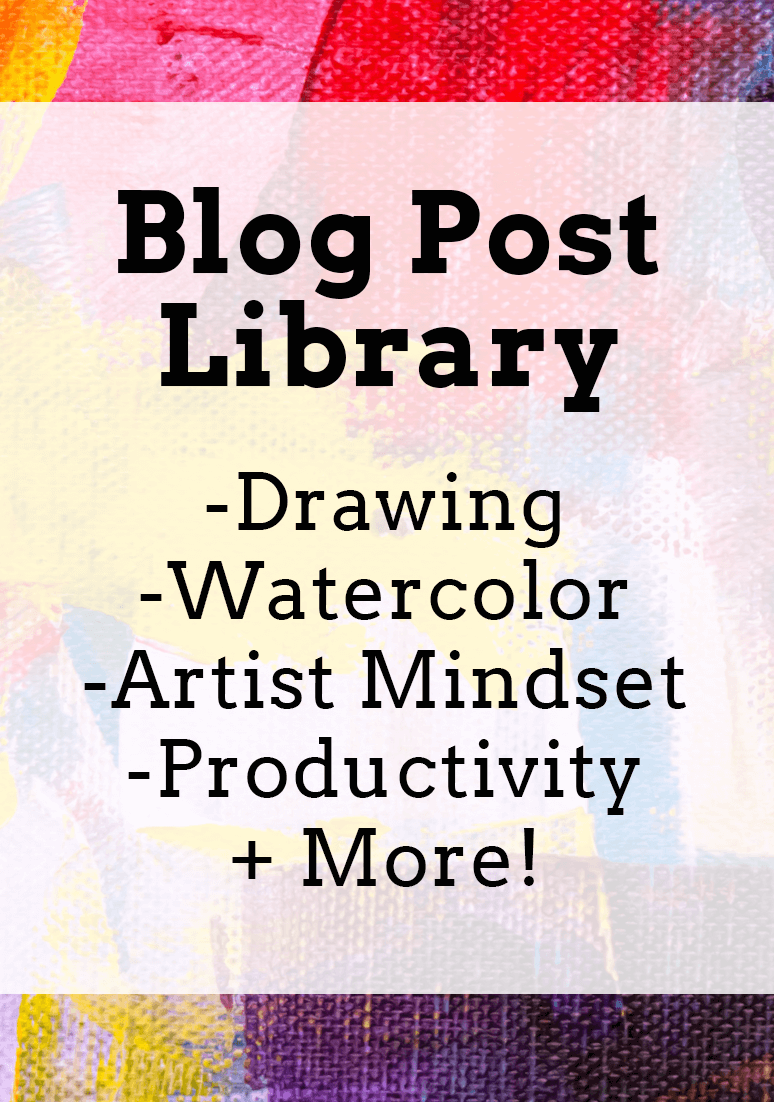
www.erikalancaster.com
is a participant in the Amazon Services LLC Associates Program, an affiliate advertising program designed to provide a means for sites
to earn advertising fees by advertising and linking to amazon.com.
www.erikalancaster.com
is a participant in the Shareasale.com Affiliate Program, an affiliate advertising program designed to provide a means for sites to earn advertising fees by advertising and linking to Shareasale.com partner companies.
is a participant in the Amazon Services LLC Associates Program, an affiliate advertising program designed to provide a means for sites
to earn advertising fees by advertising and linking to amazon.com.
www.erikalancaster.com
is a participant in the Shareasale.com Affiliate Program, an affiliate advertising program designed to provide a means for sites to earn advertising fees by advertising and linking to Shareasale.com partner companies.

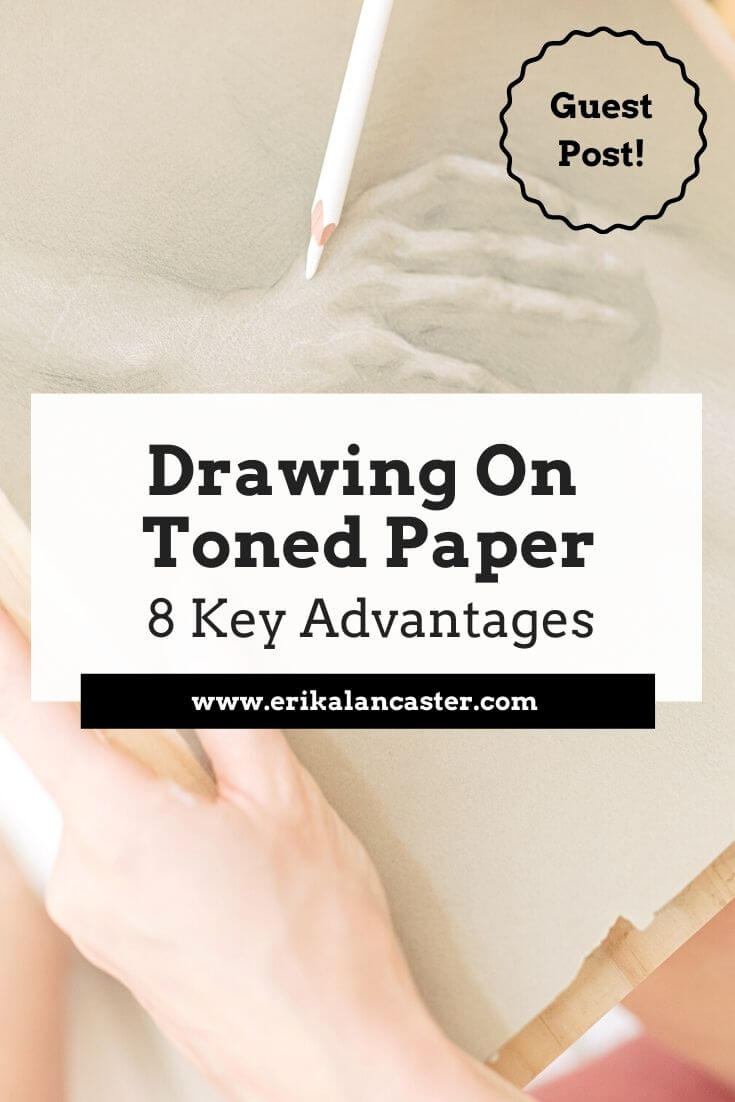
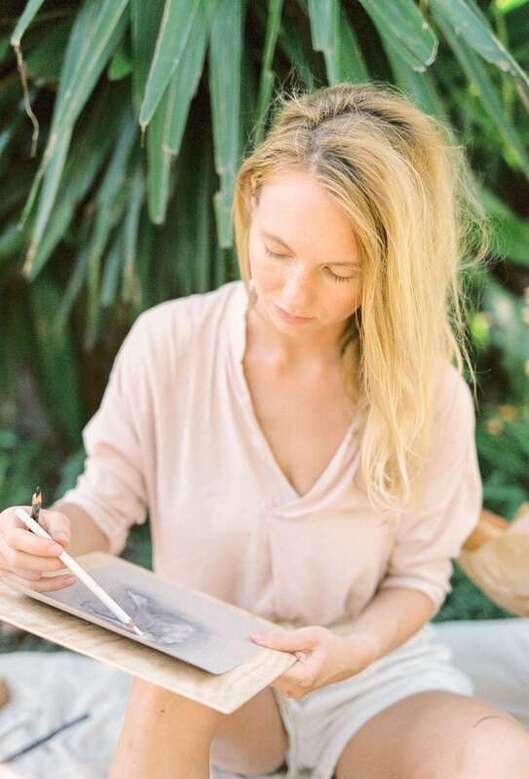
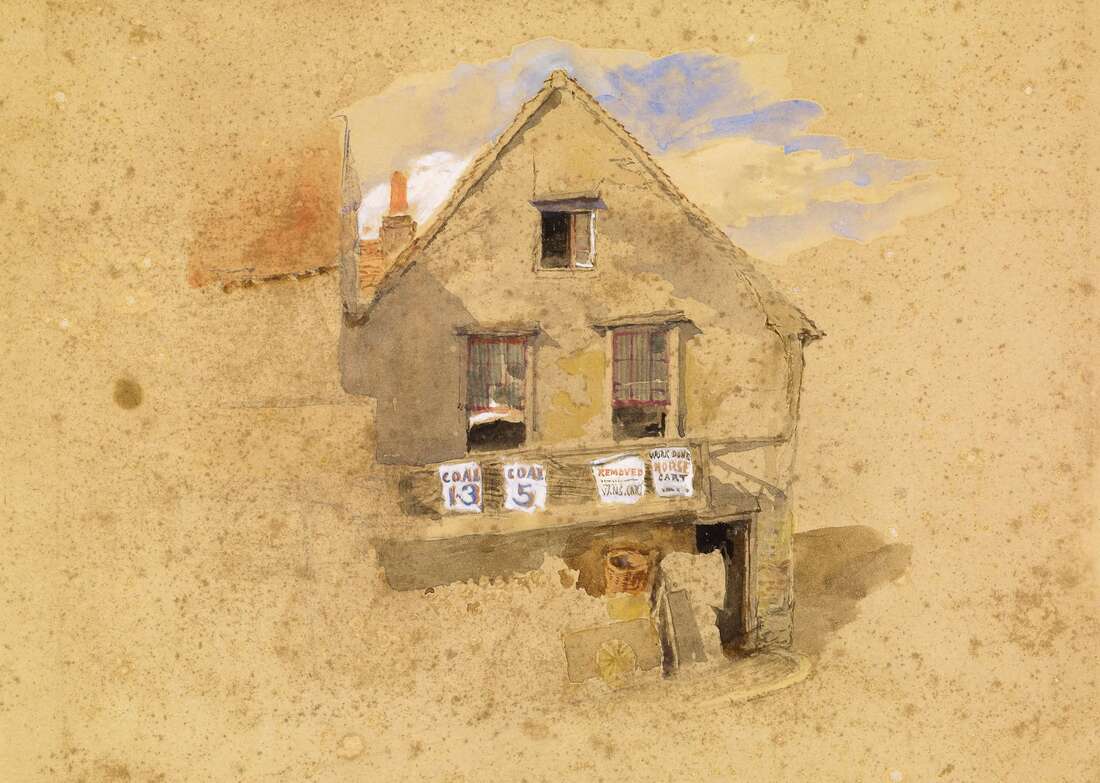
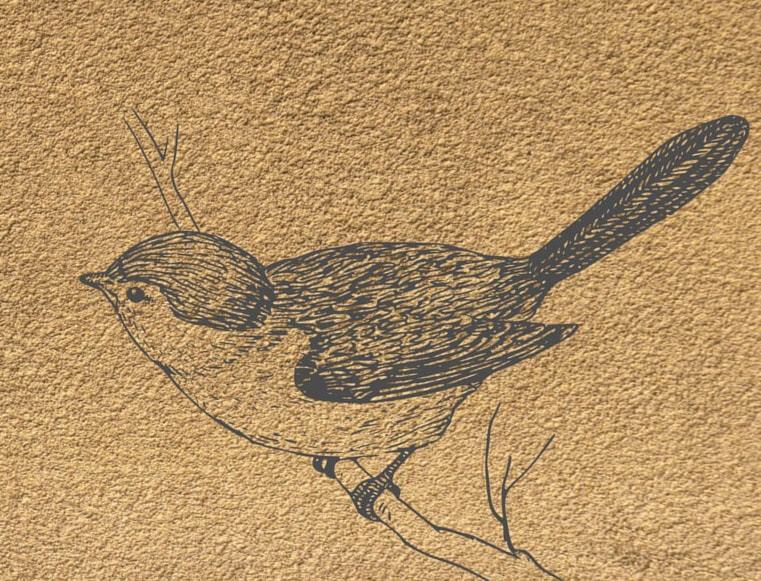
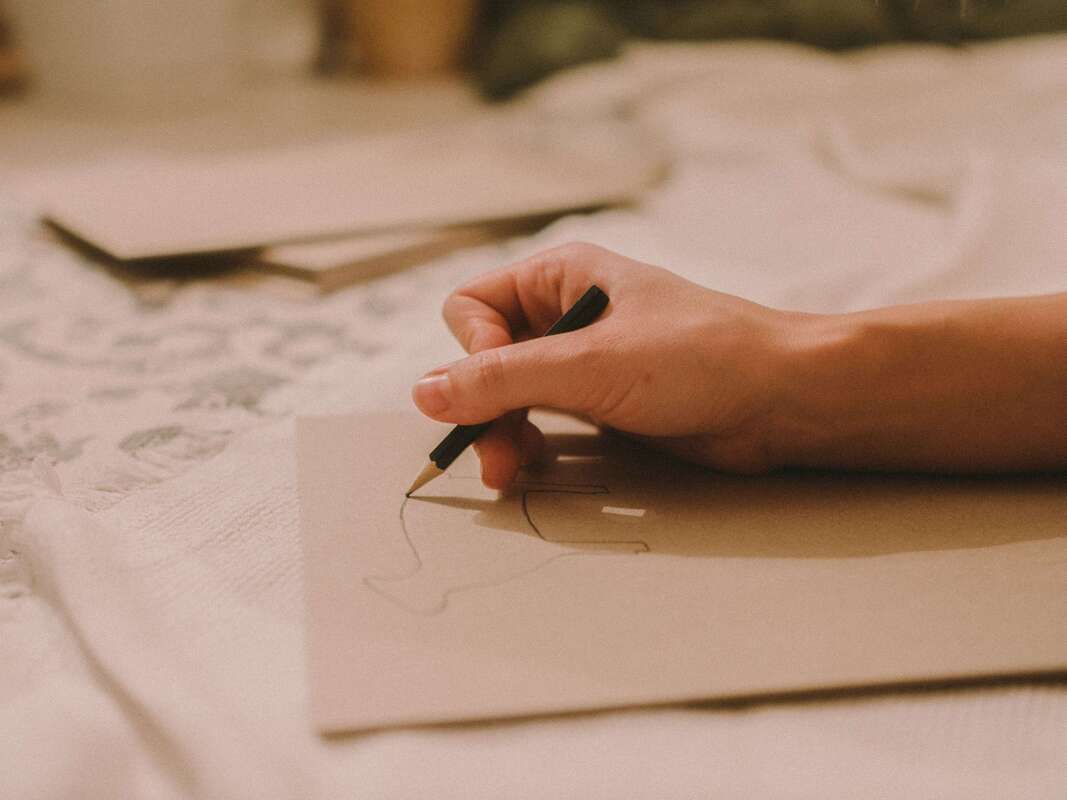
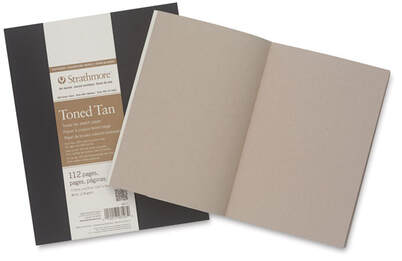
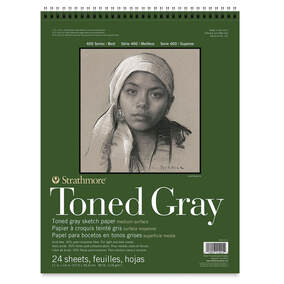
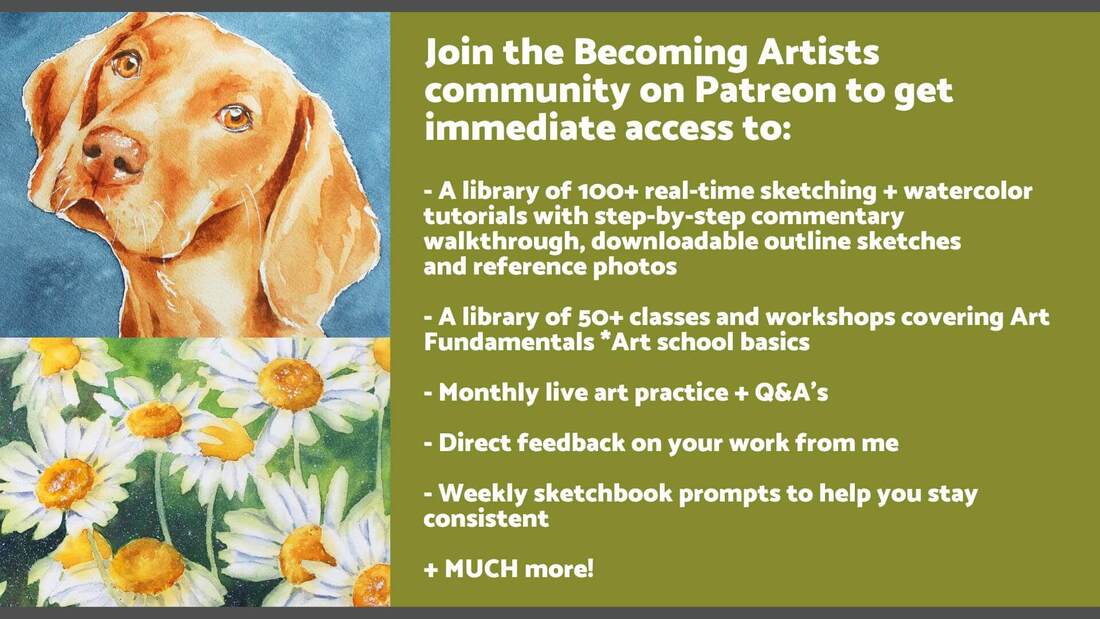
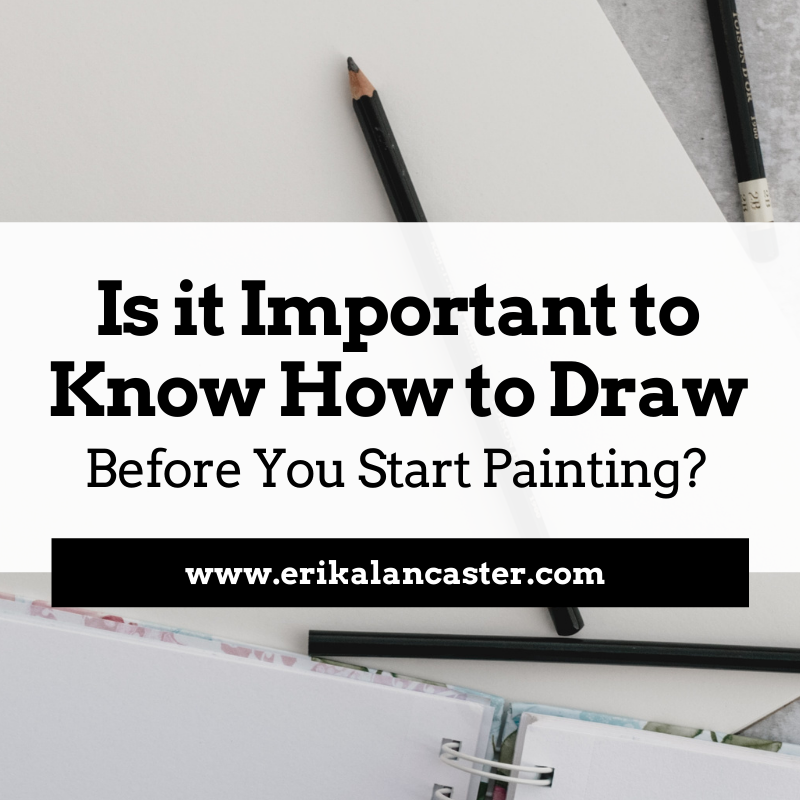
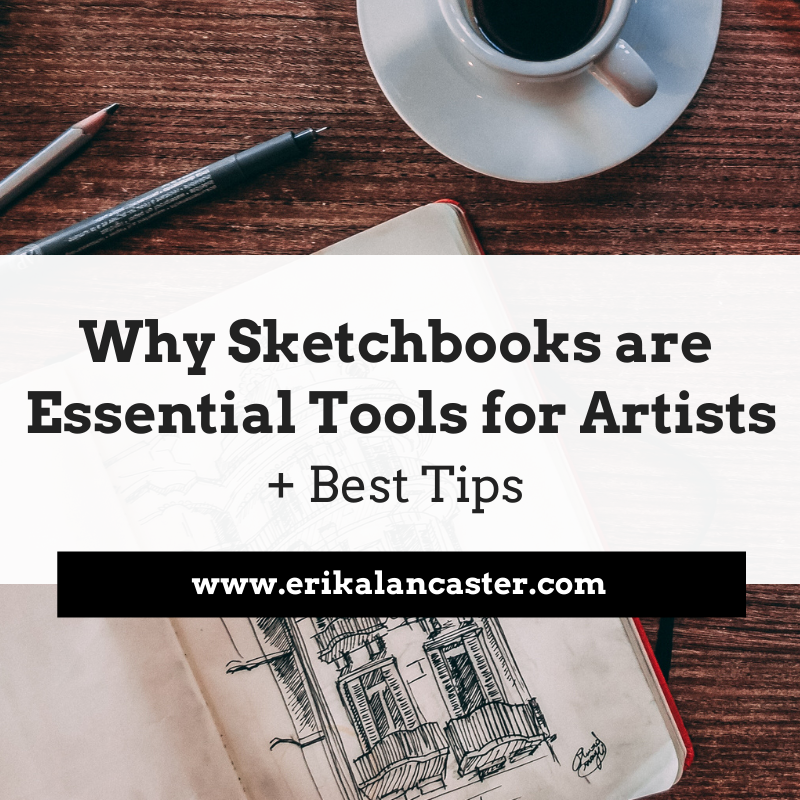
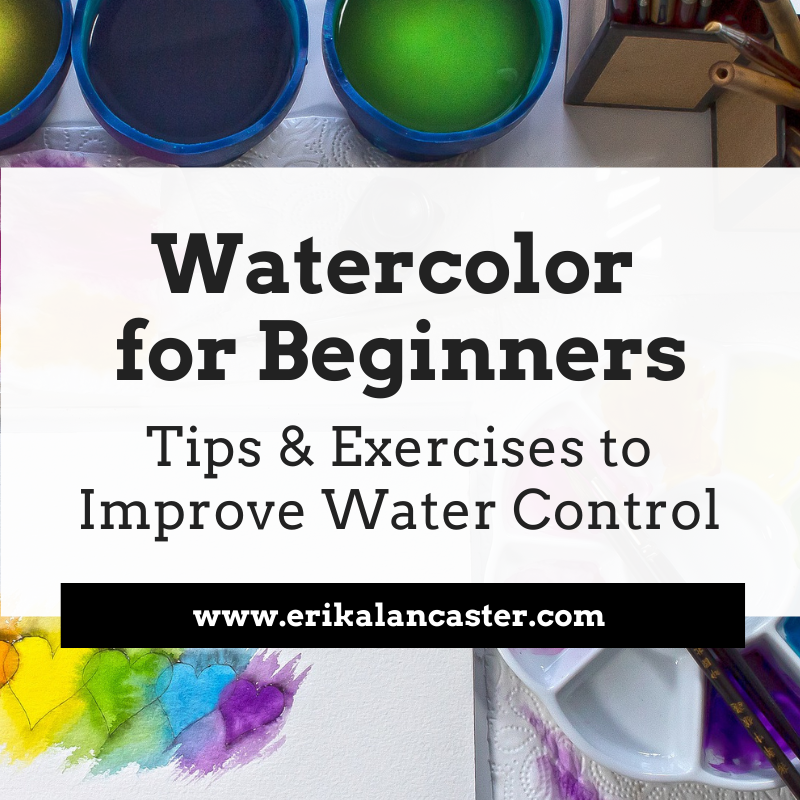
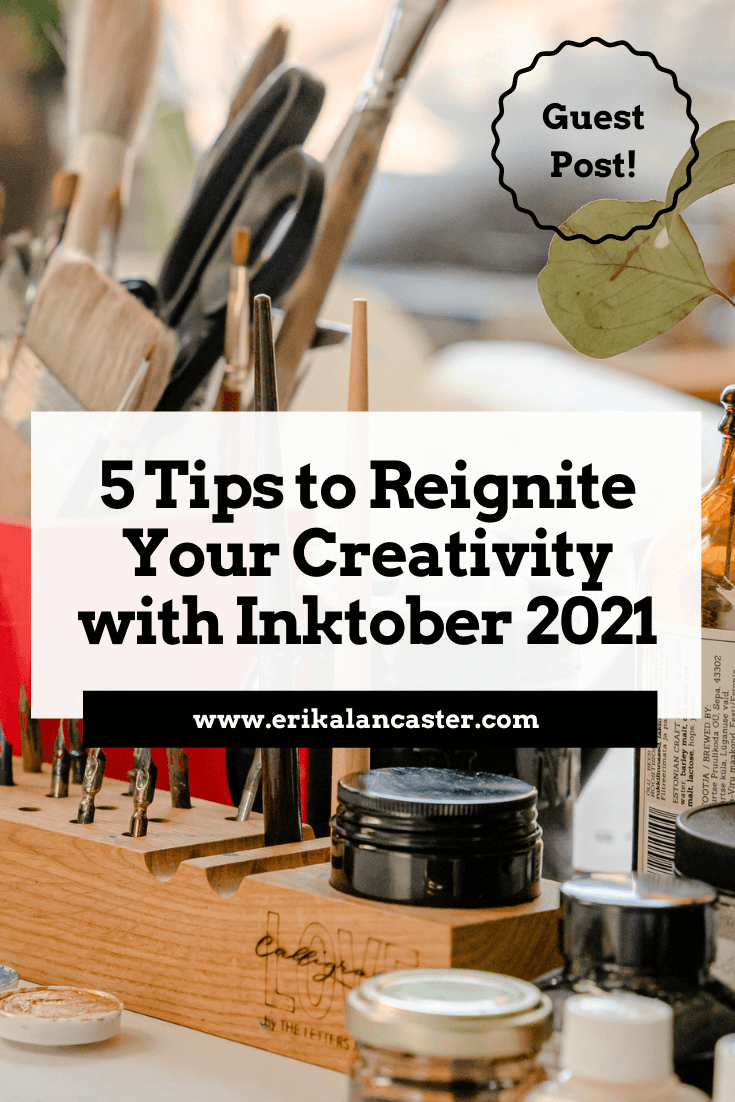
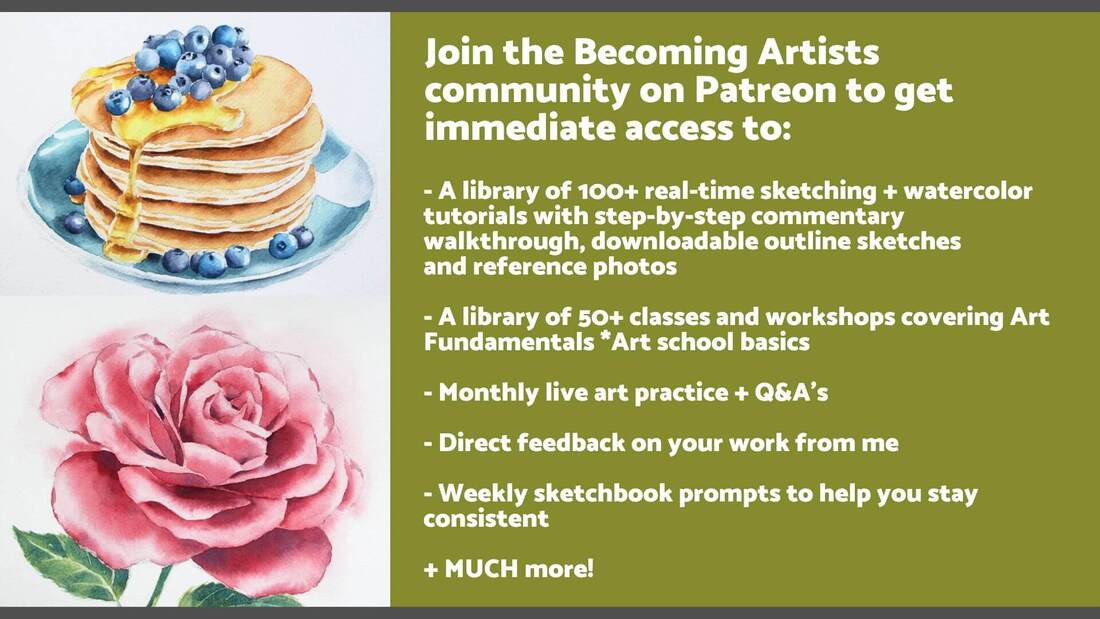
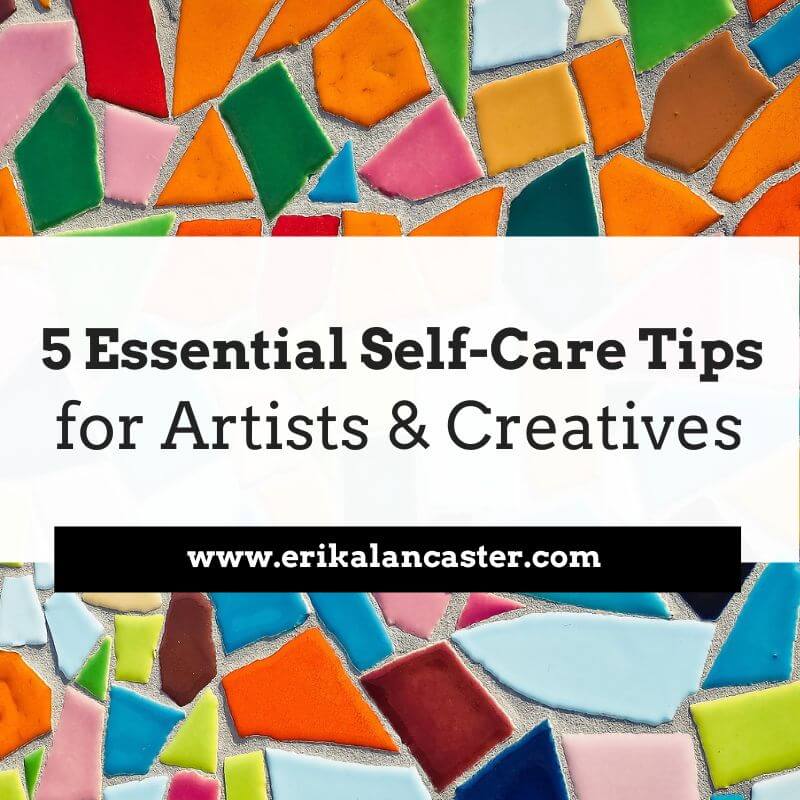
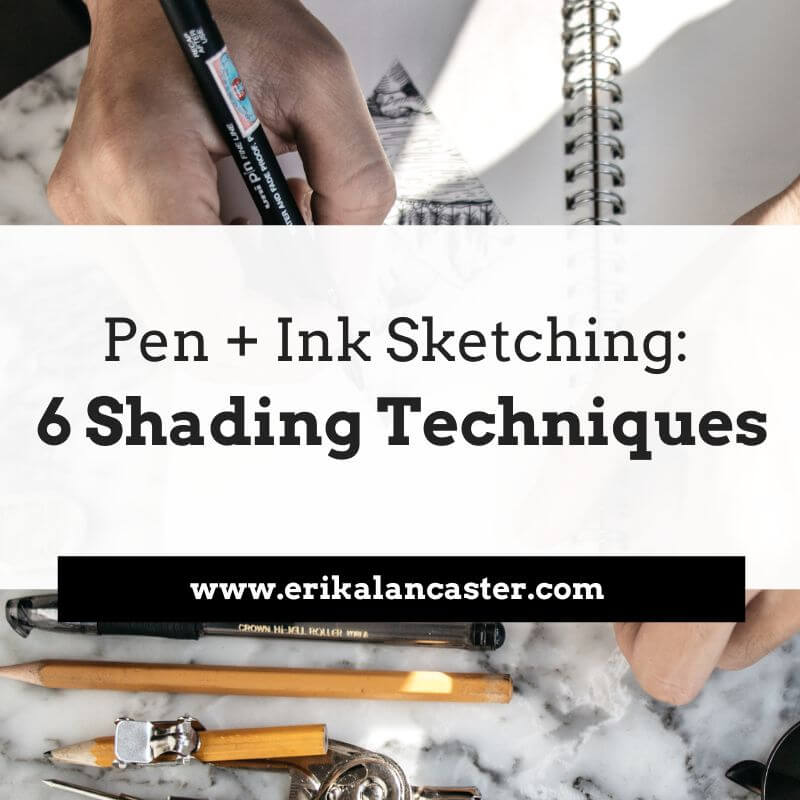
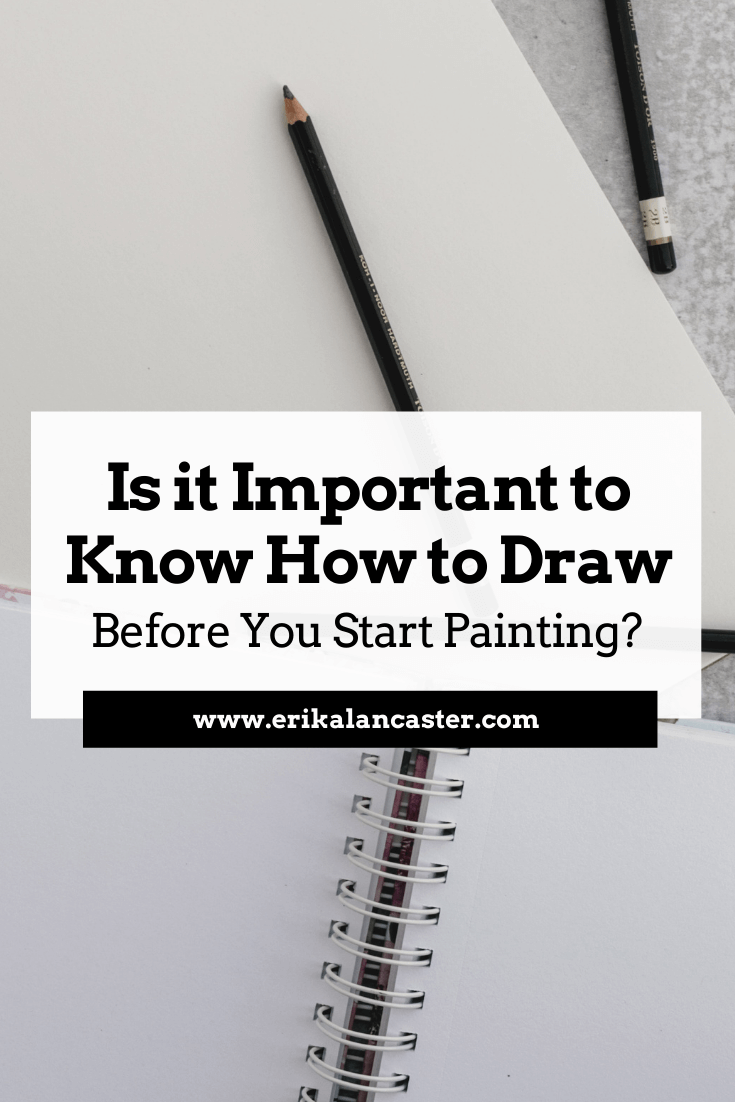
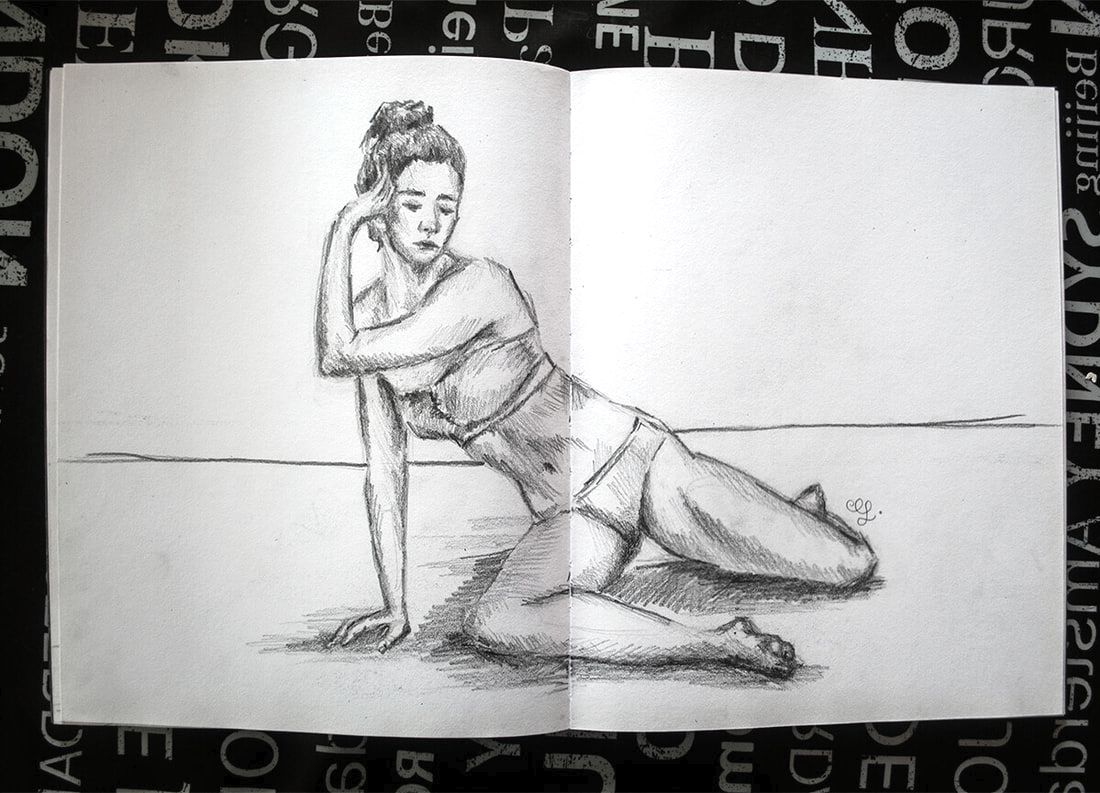
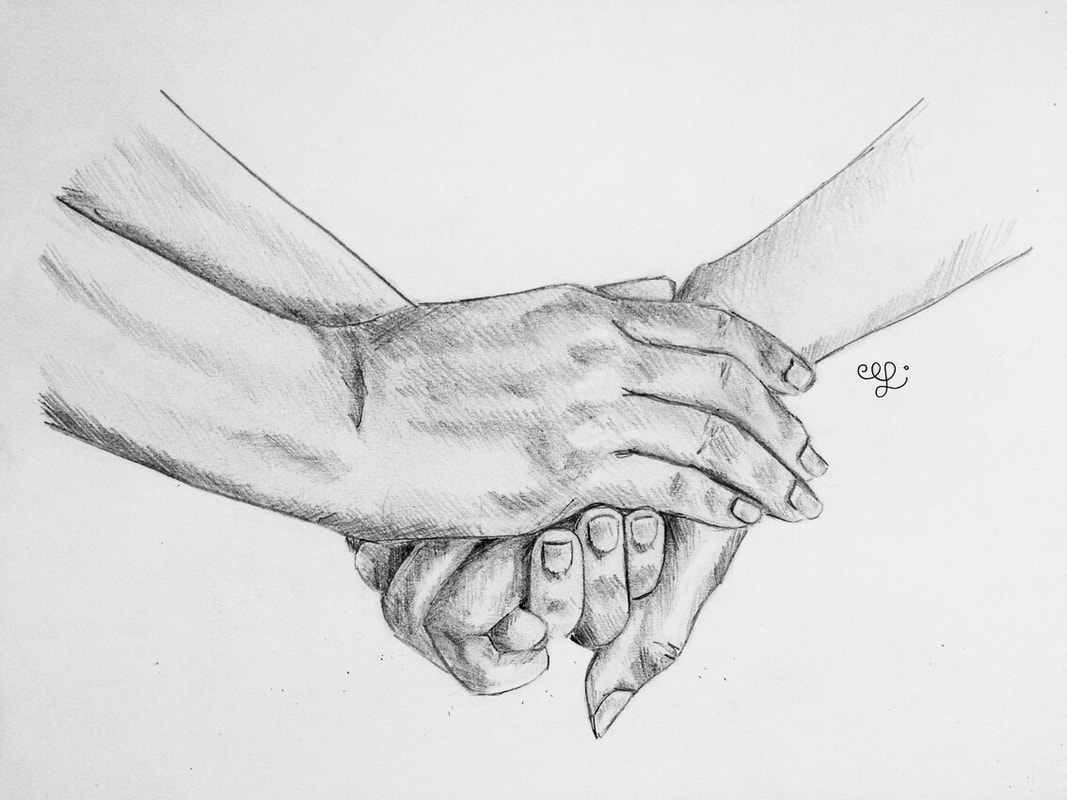
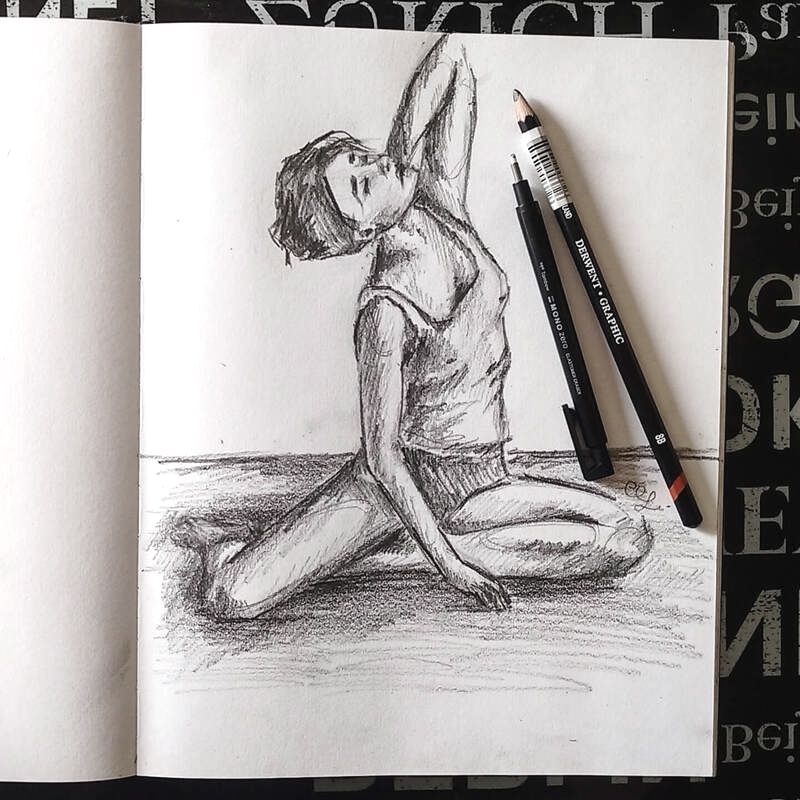
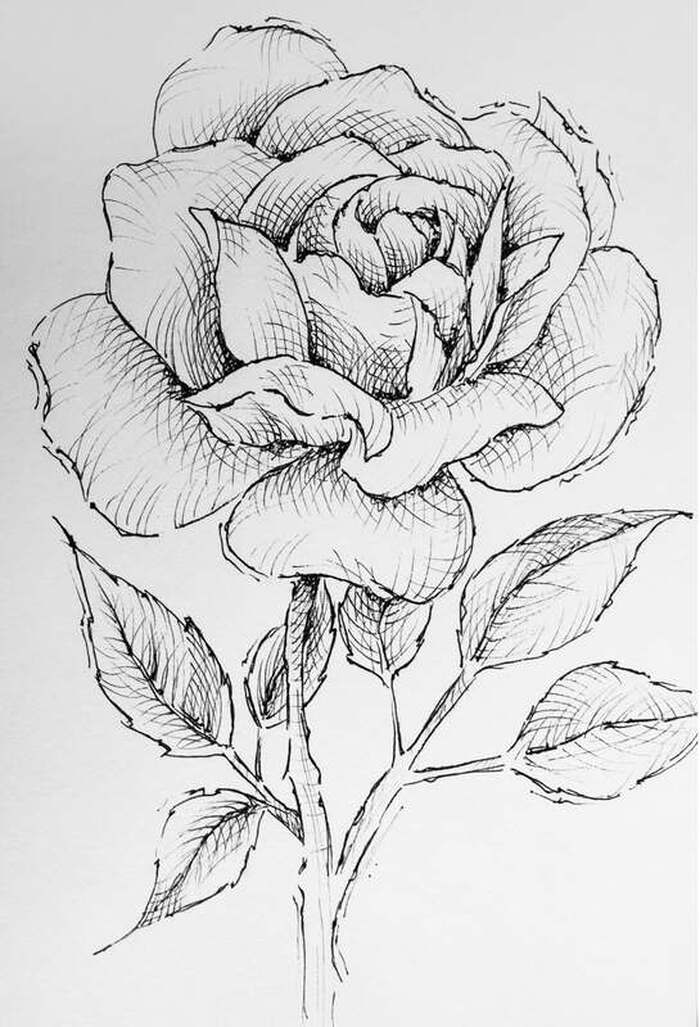
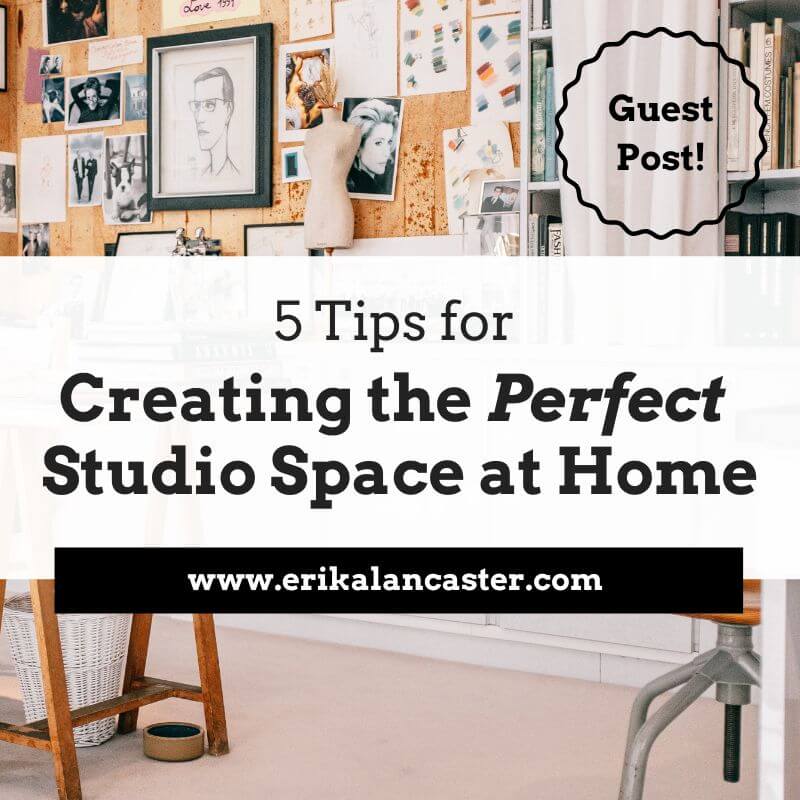
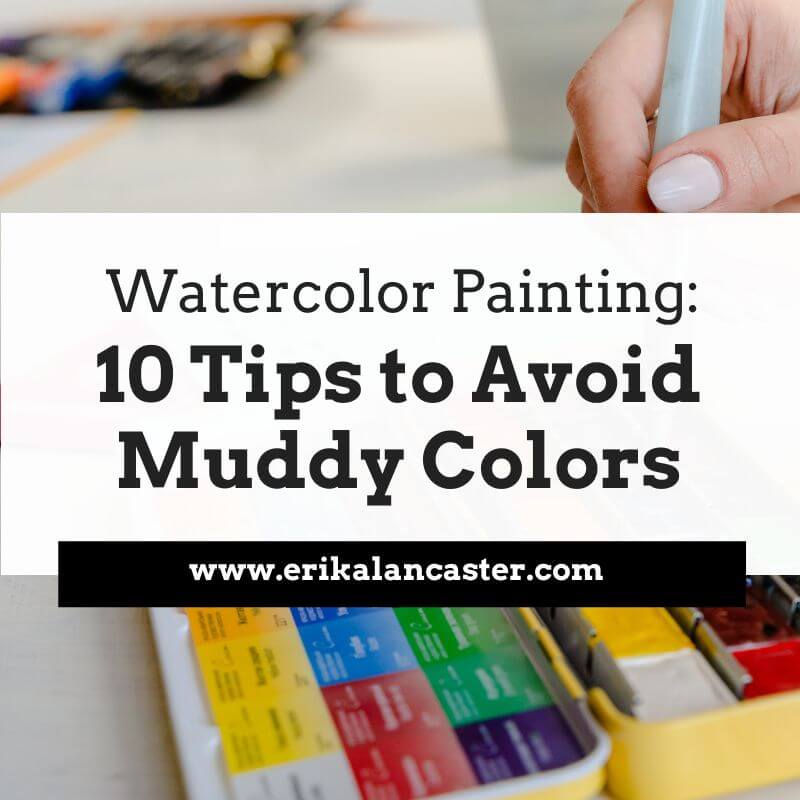
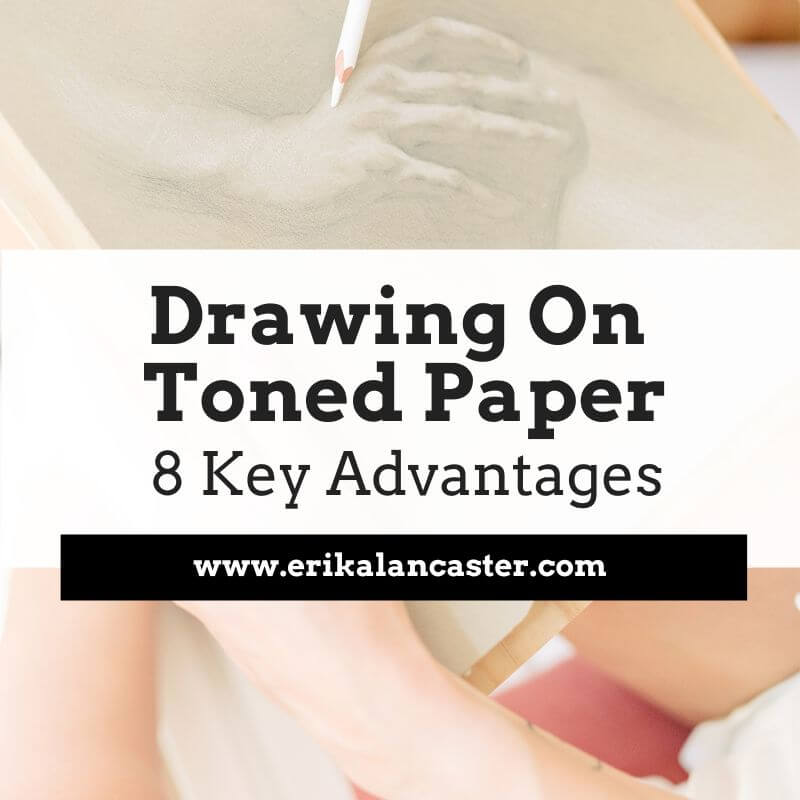
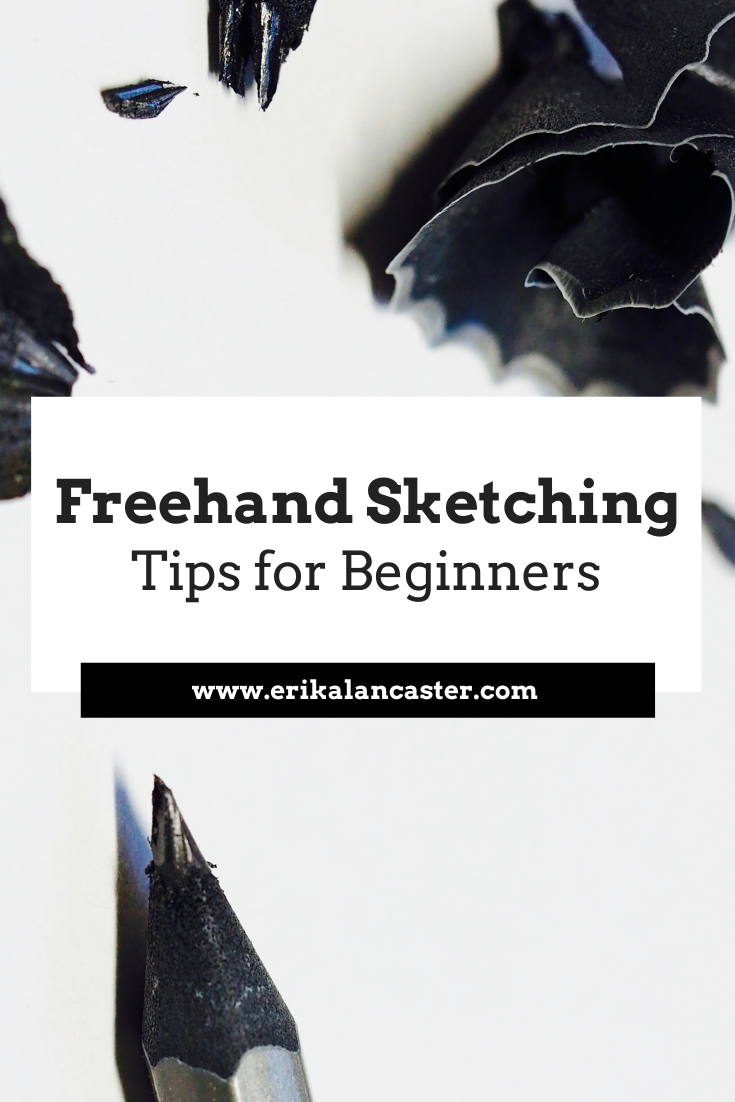
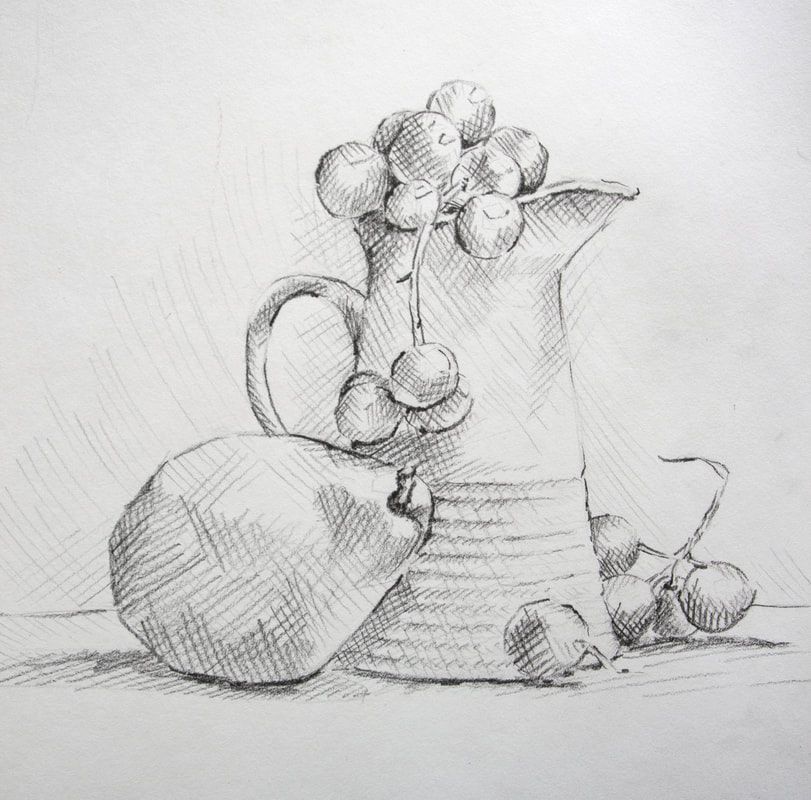
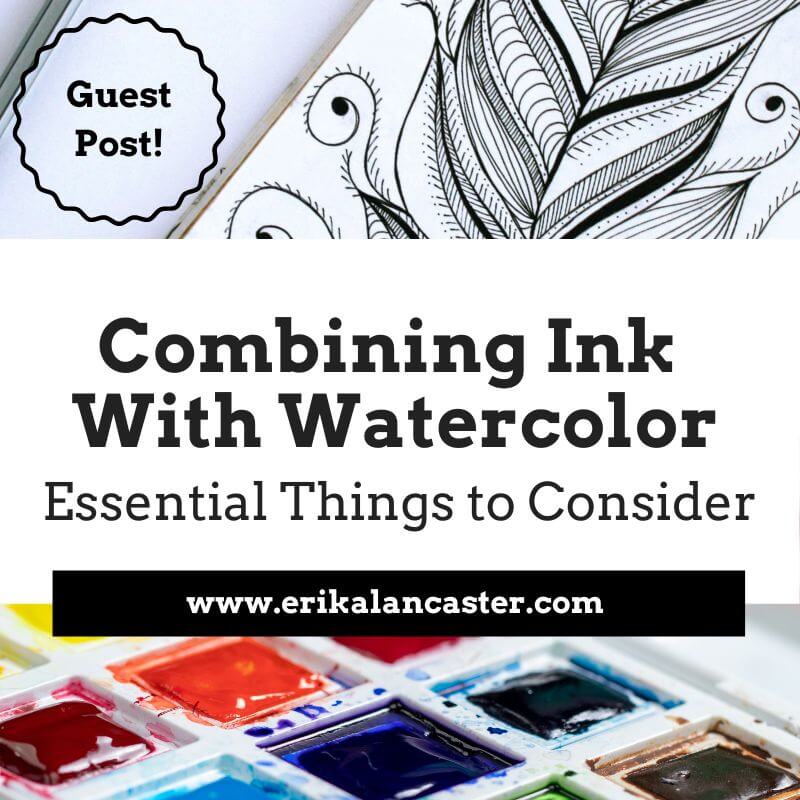
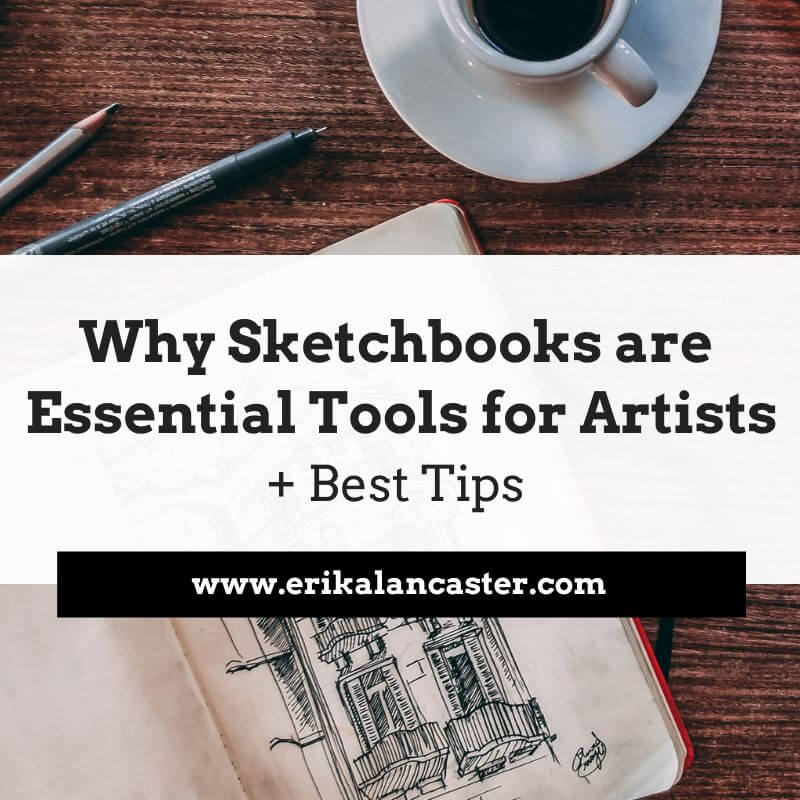
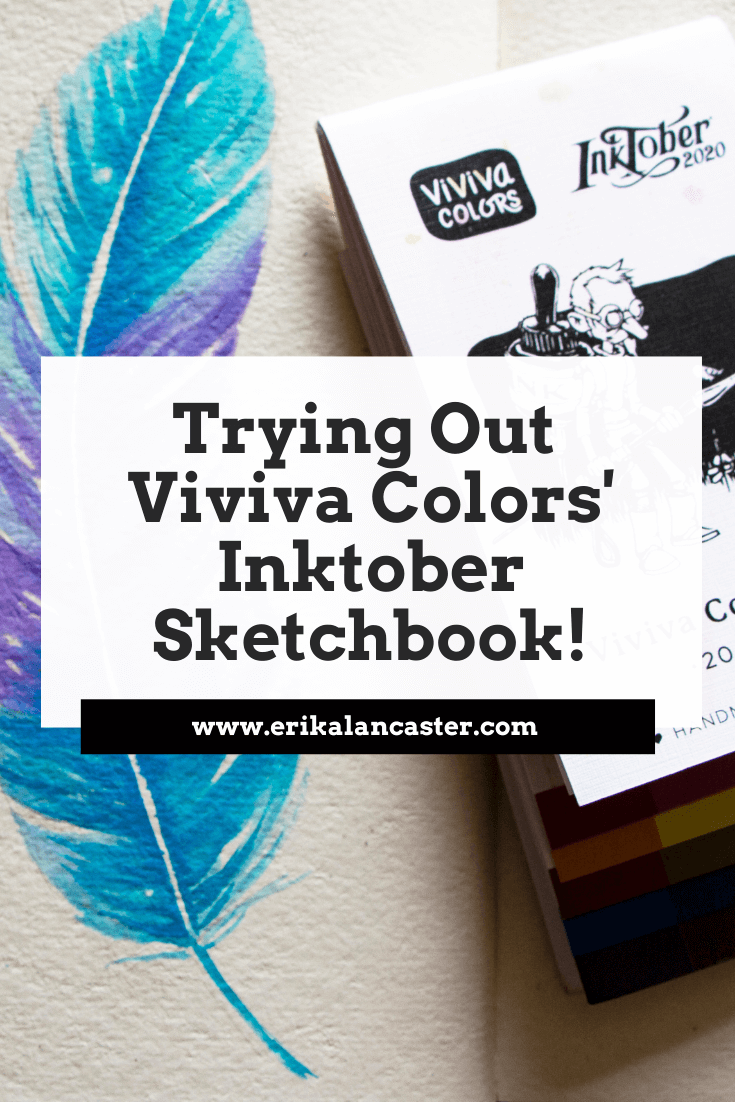
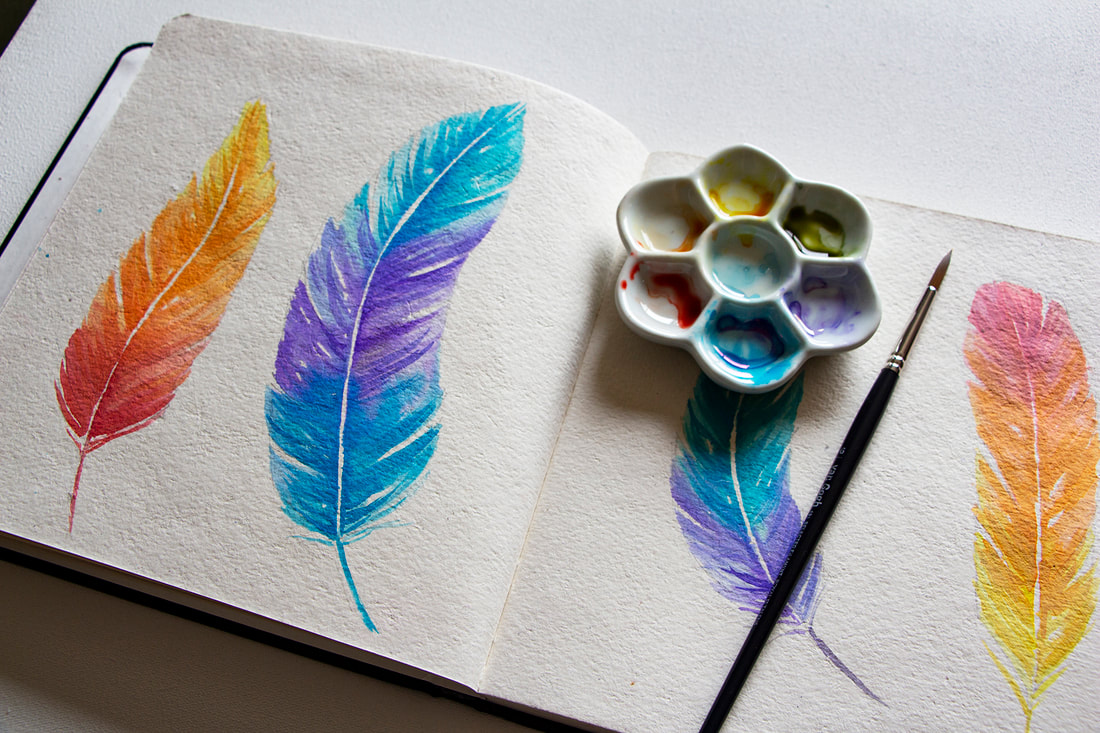
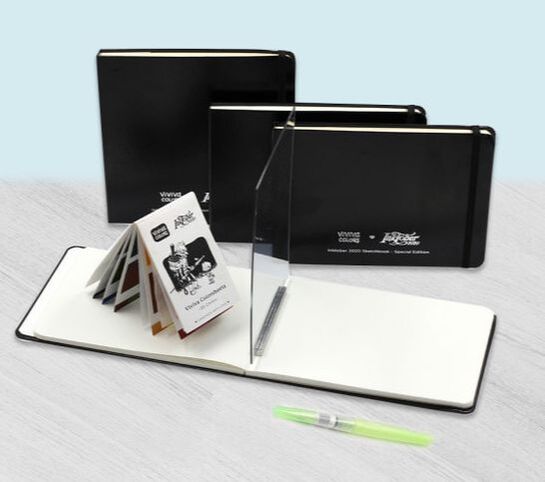
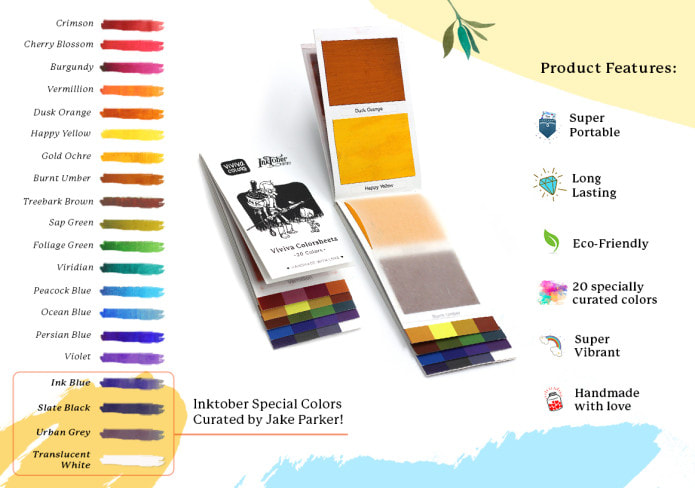
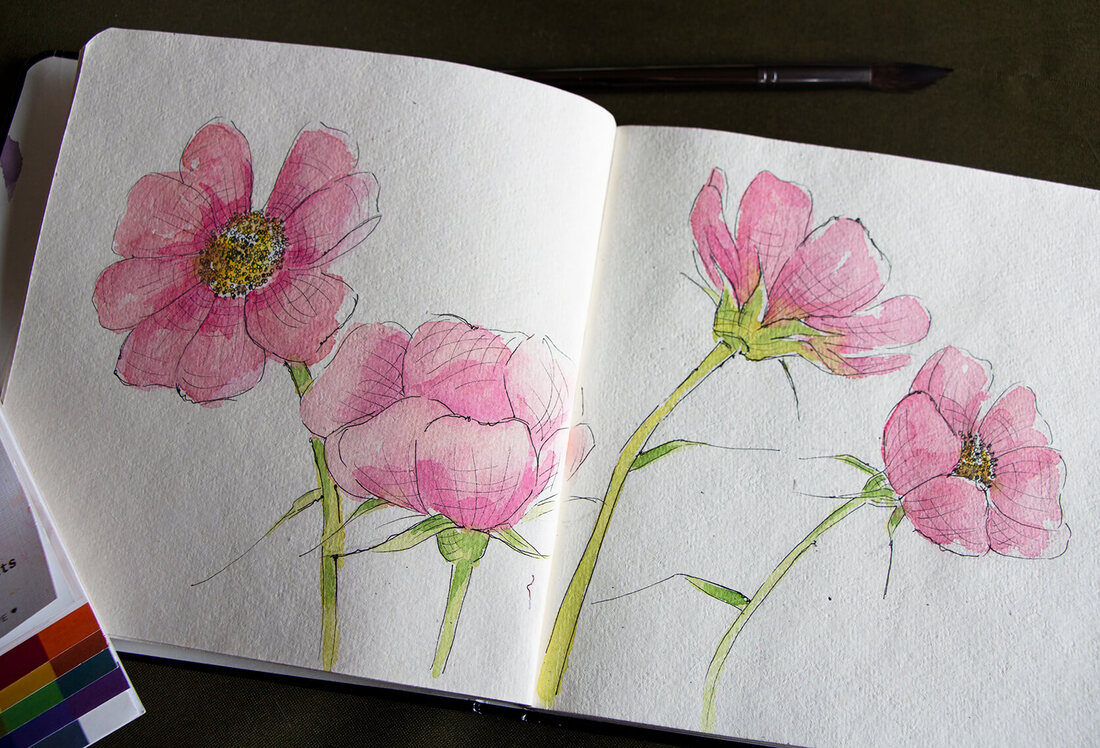
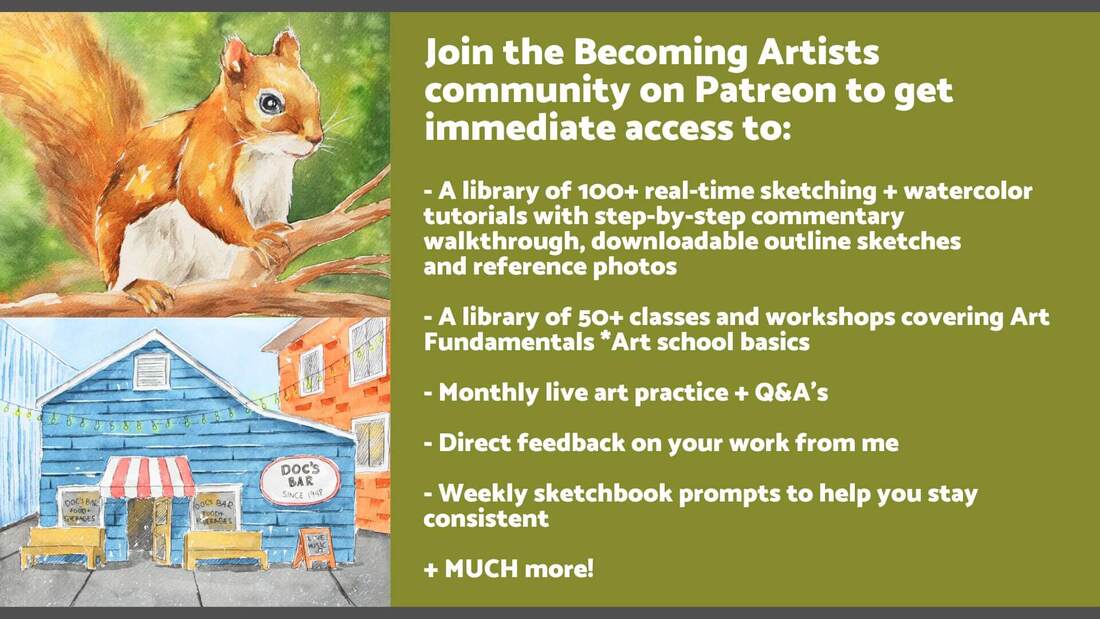
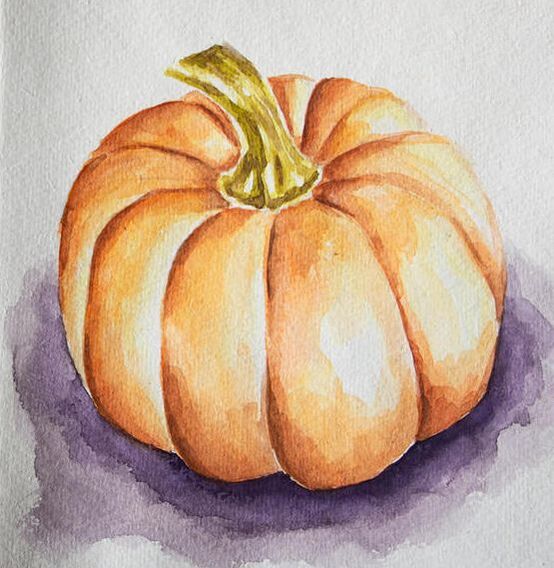
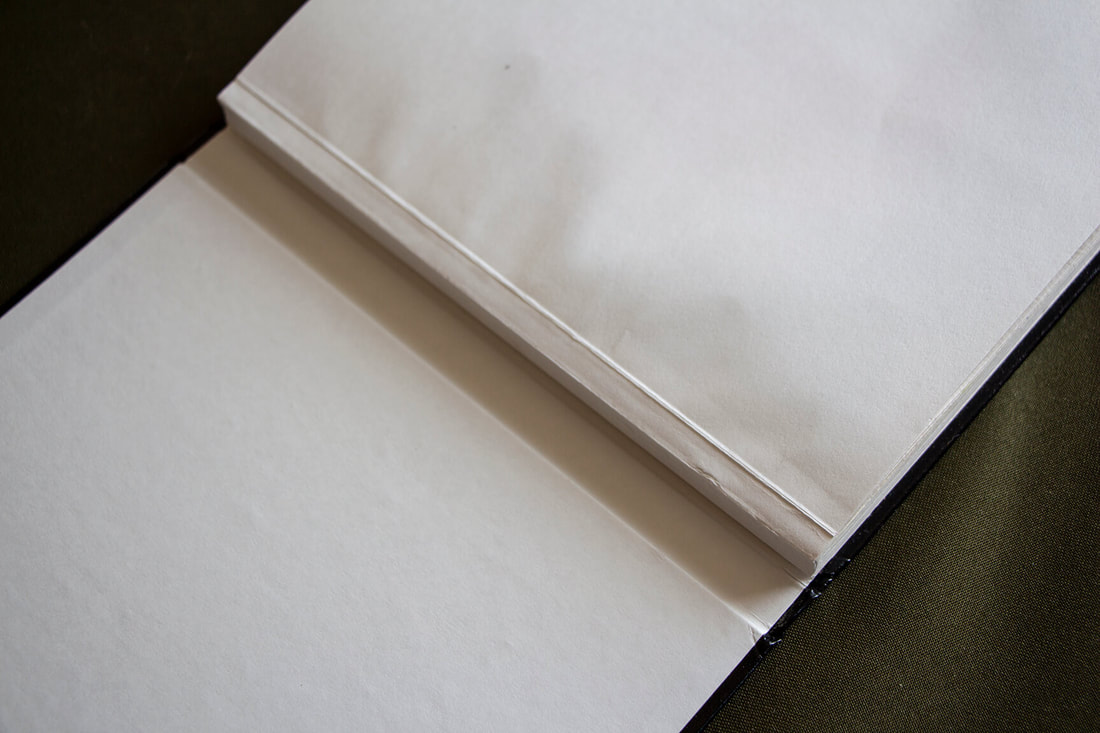
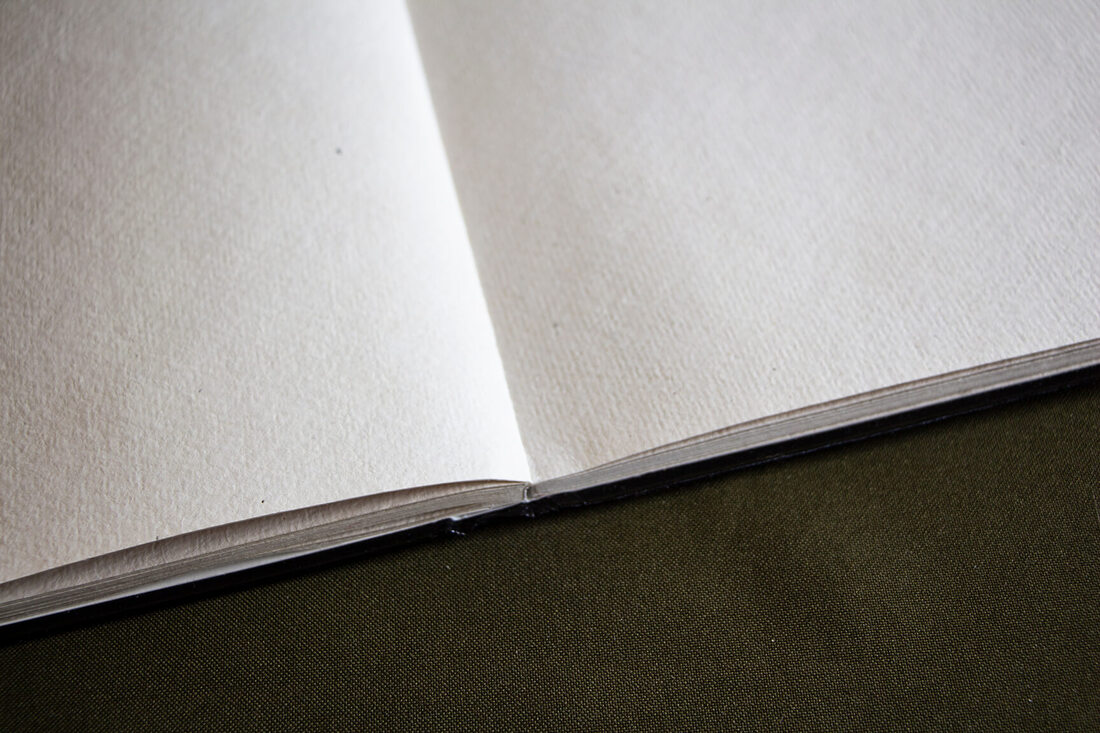
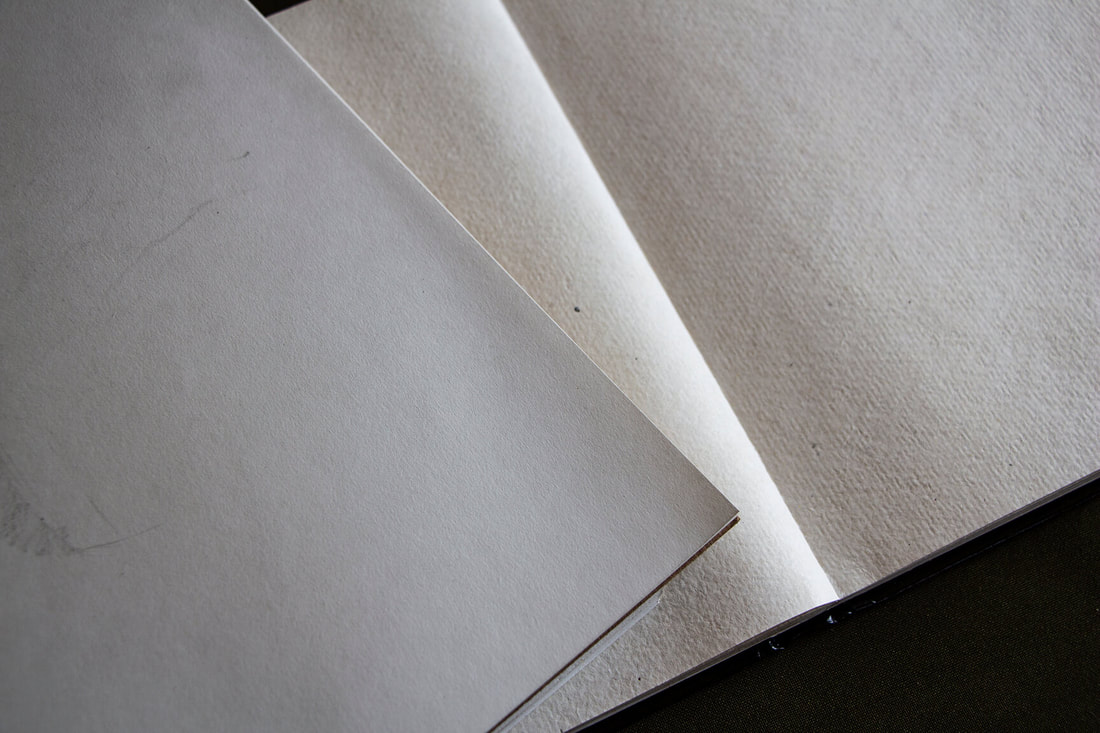
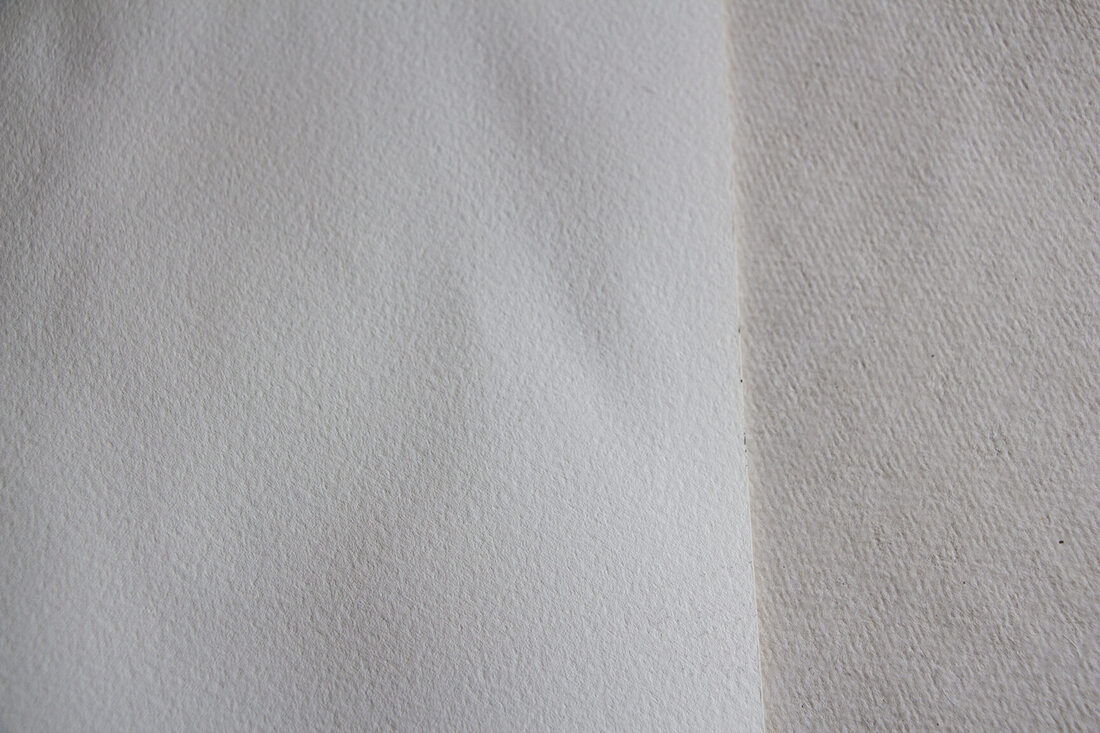
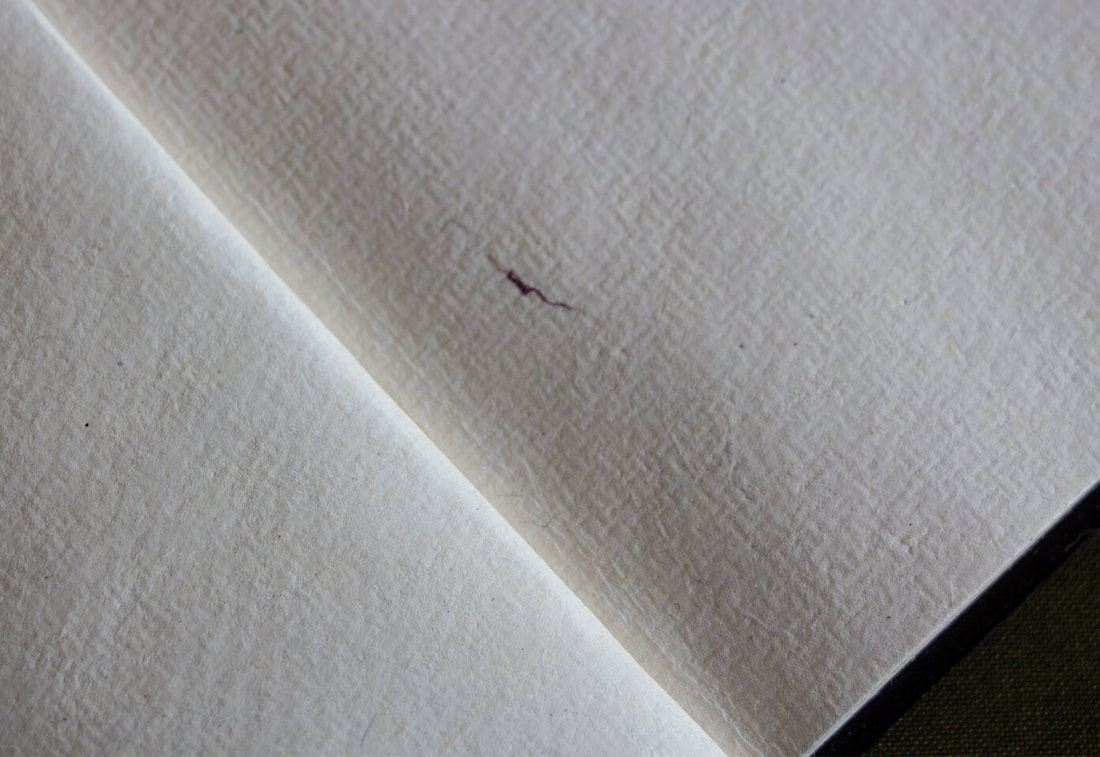
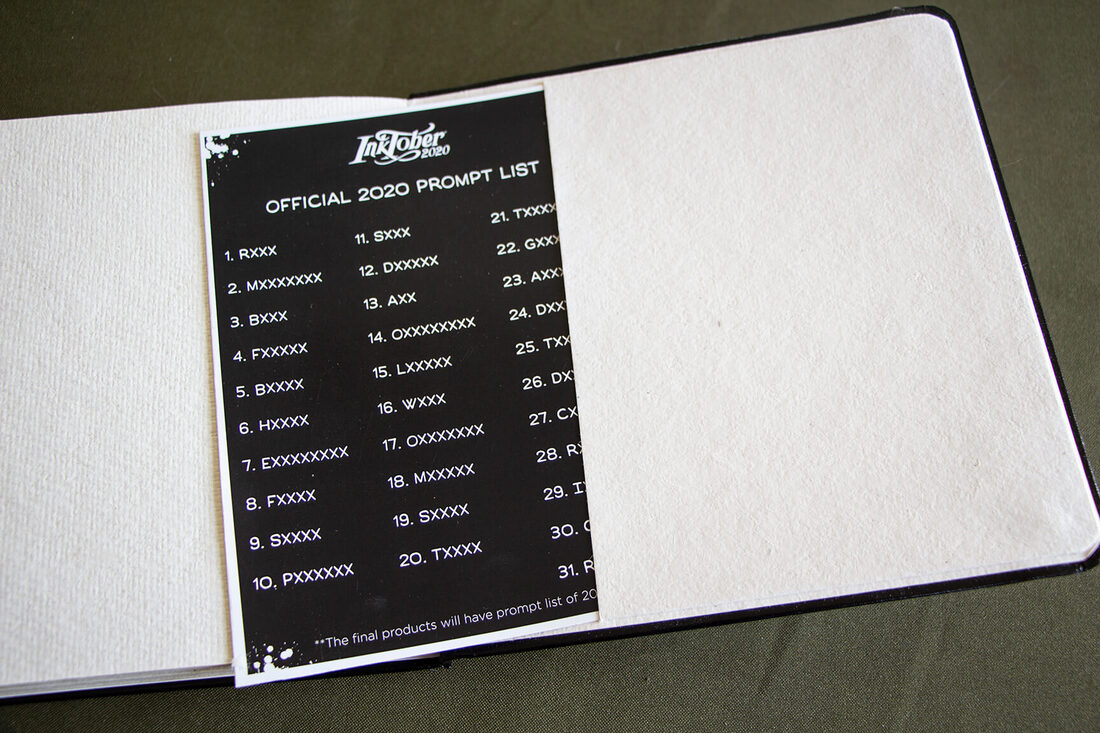
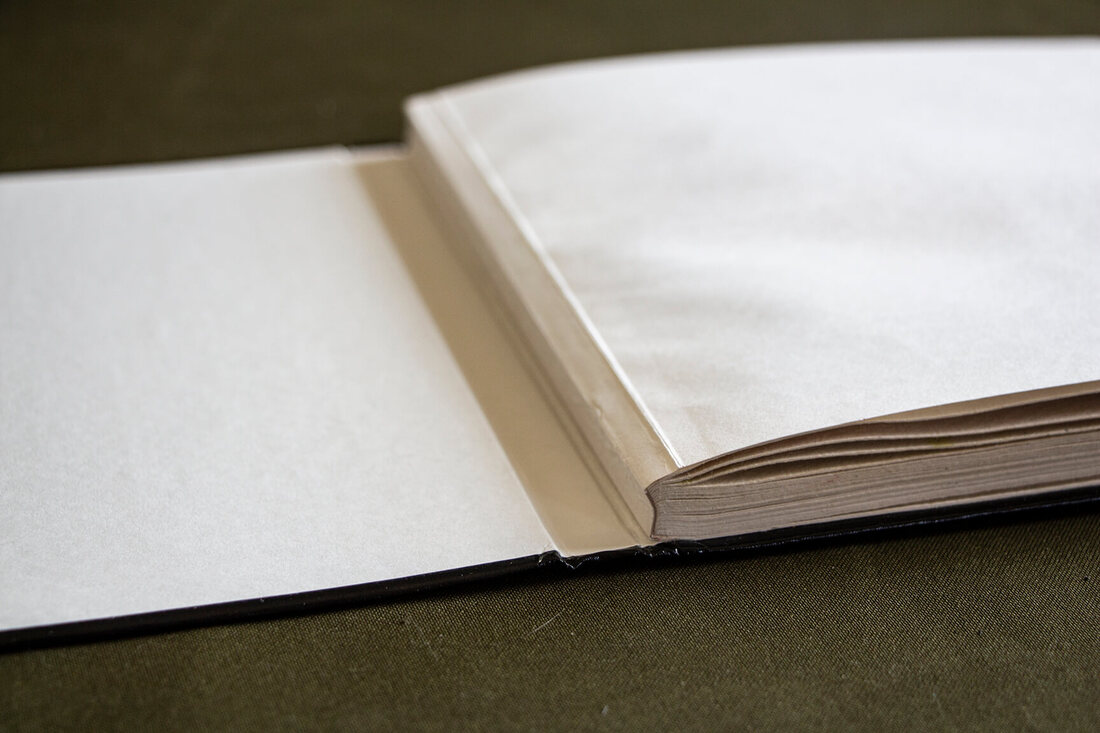
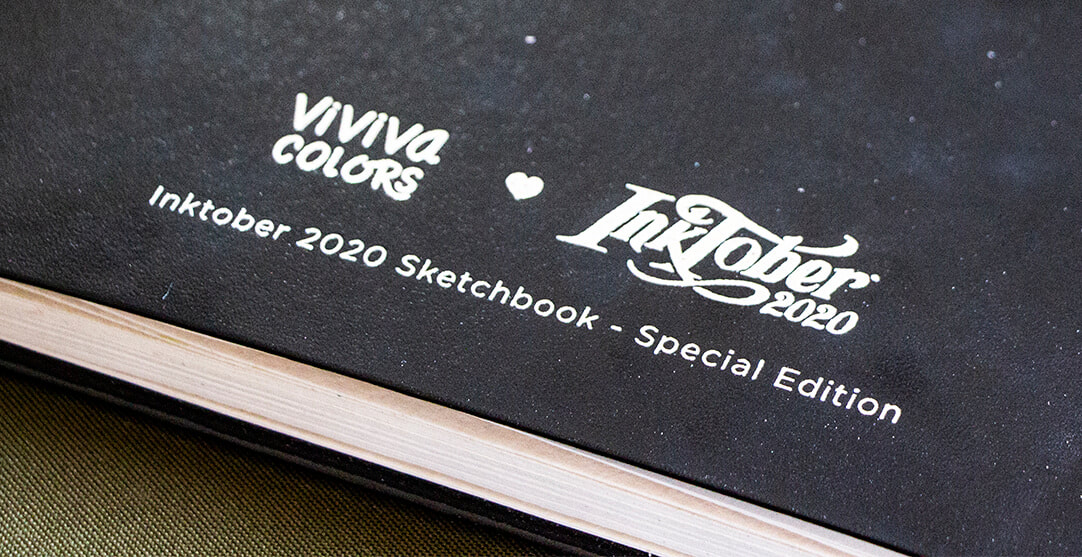
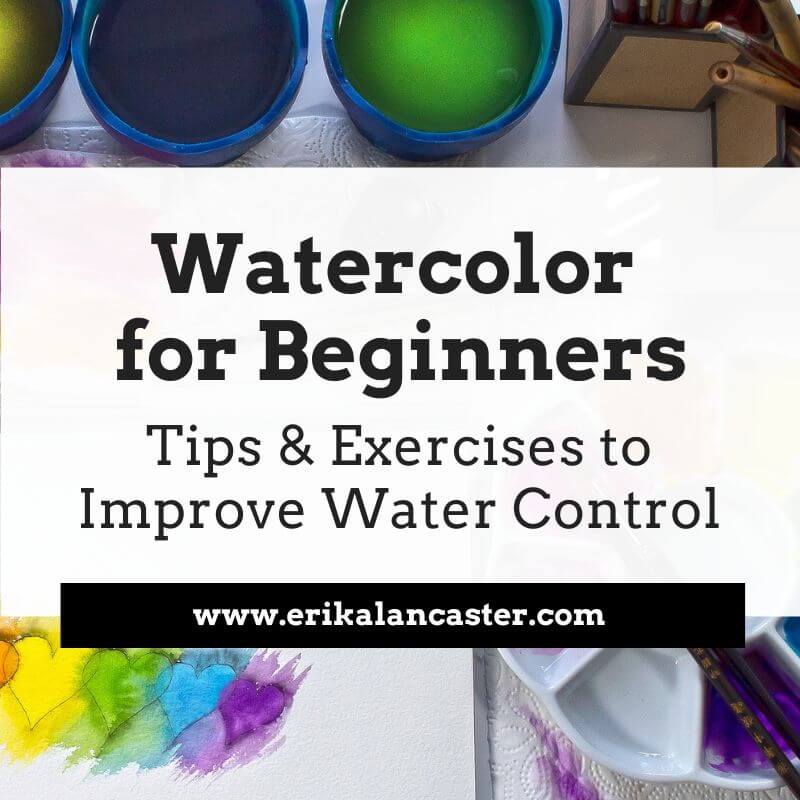
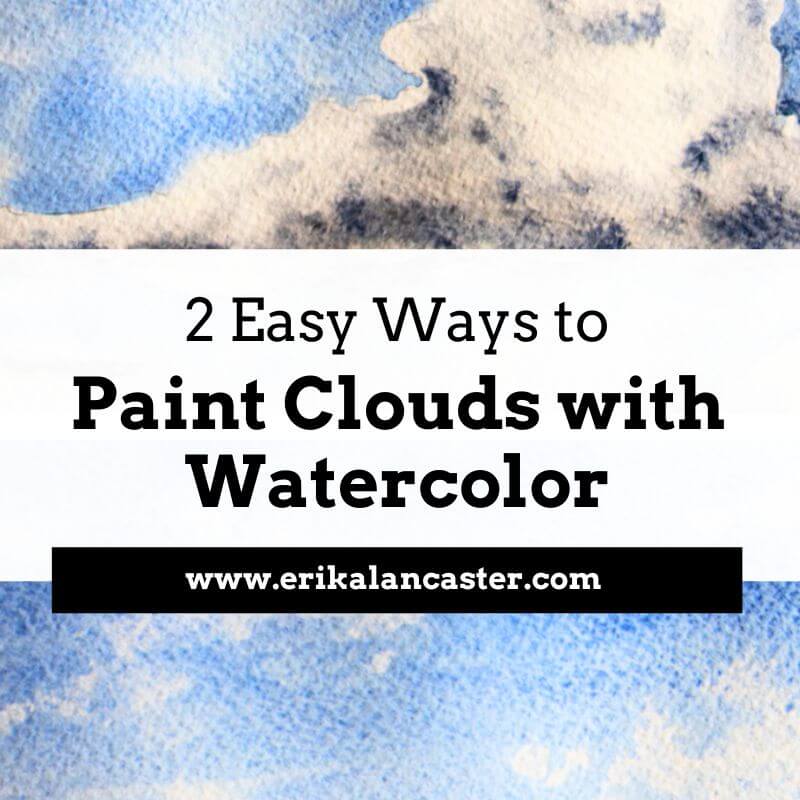
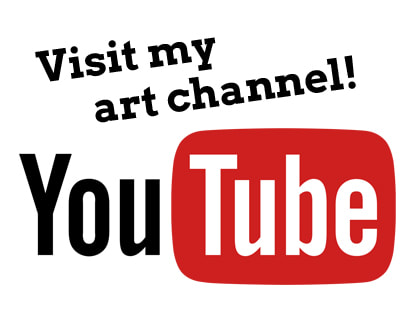

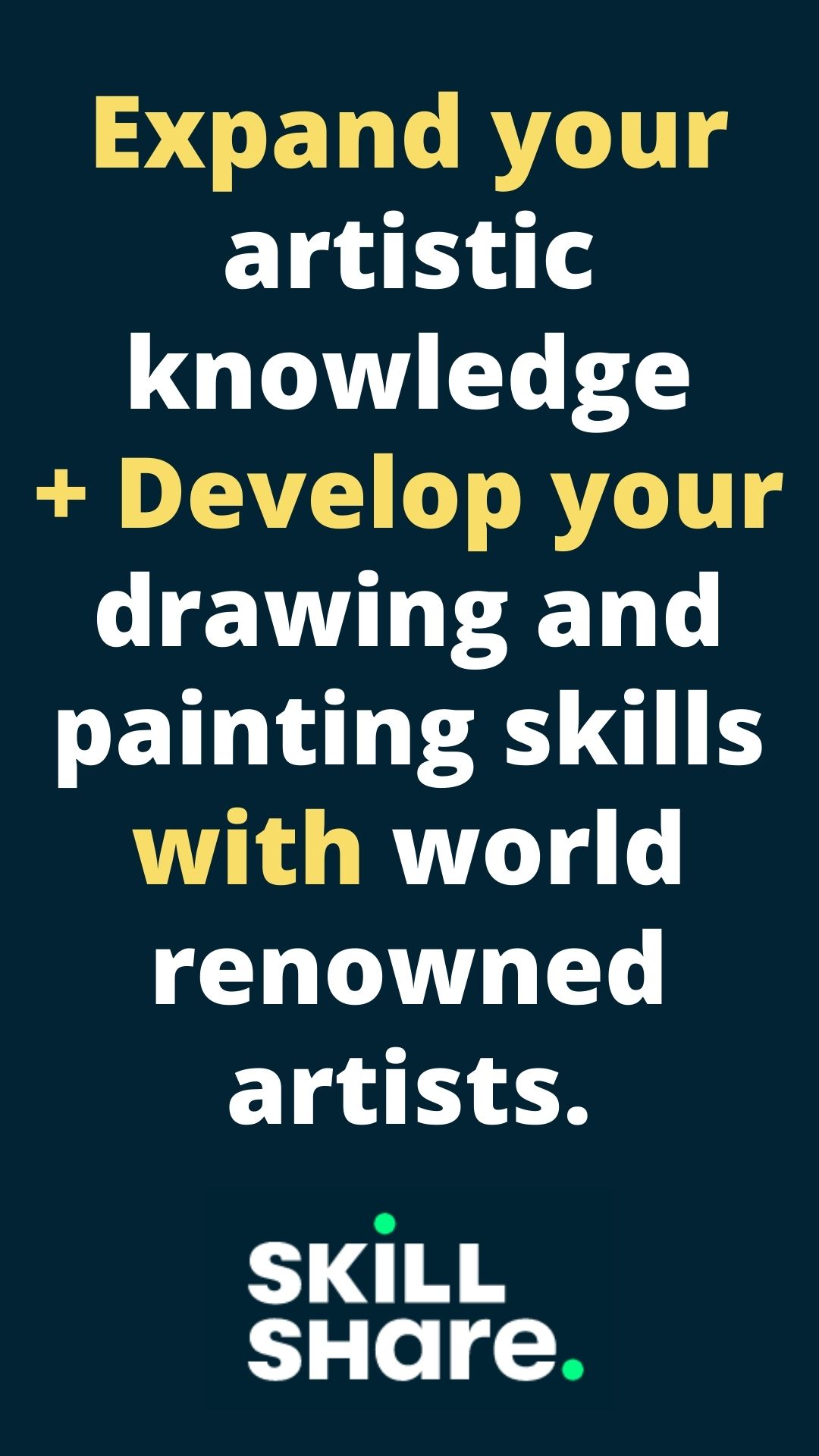

 RSS Feed
RSS Feed

